AICE Psychology Biological Approach
1/130
There's no tags or description
Looks like no tags are added yet.
Name | Mastery | Learn | Test | Matching | Spaced |
|---|
No study sessions yet.
131 Terms
Brain Functioning
Influences behavior, thoughts, and emotions.
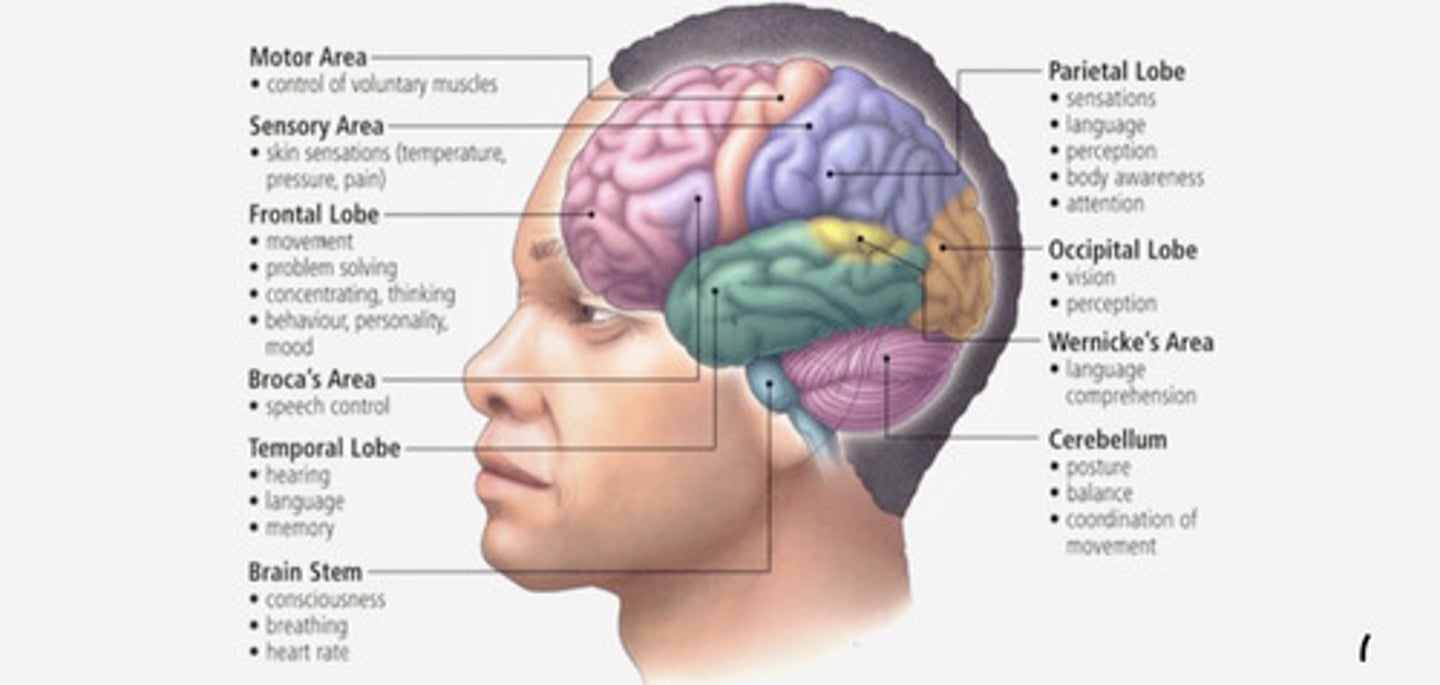
Hormones
Biological chemicals affecting behavior and emotions.
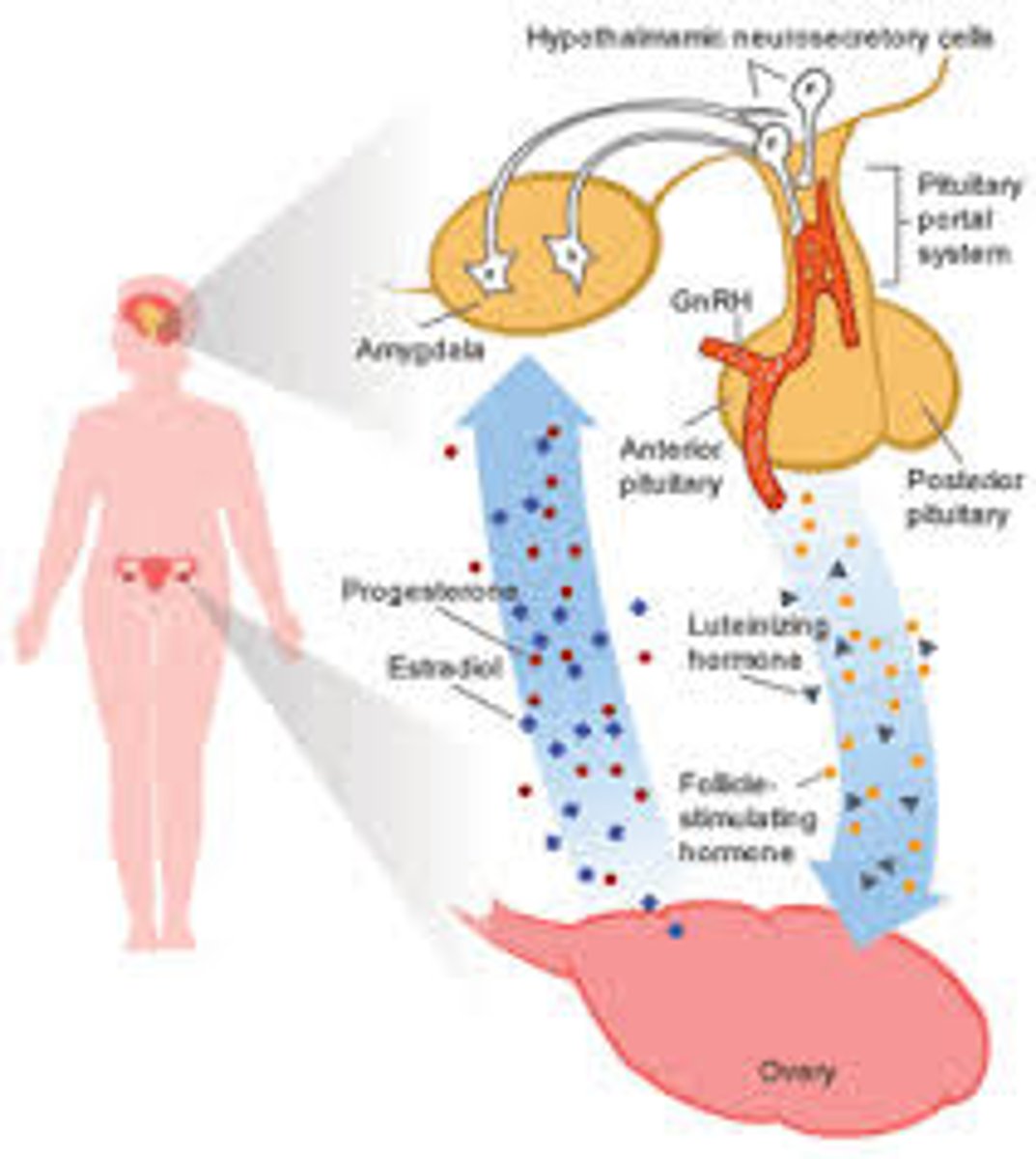
Genetics
Inherited traits influencing behavior and thoughts.
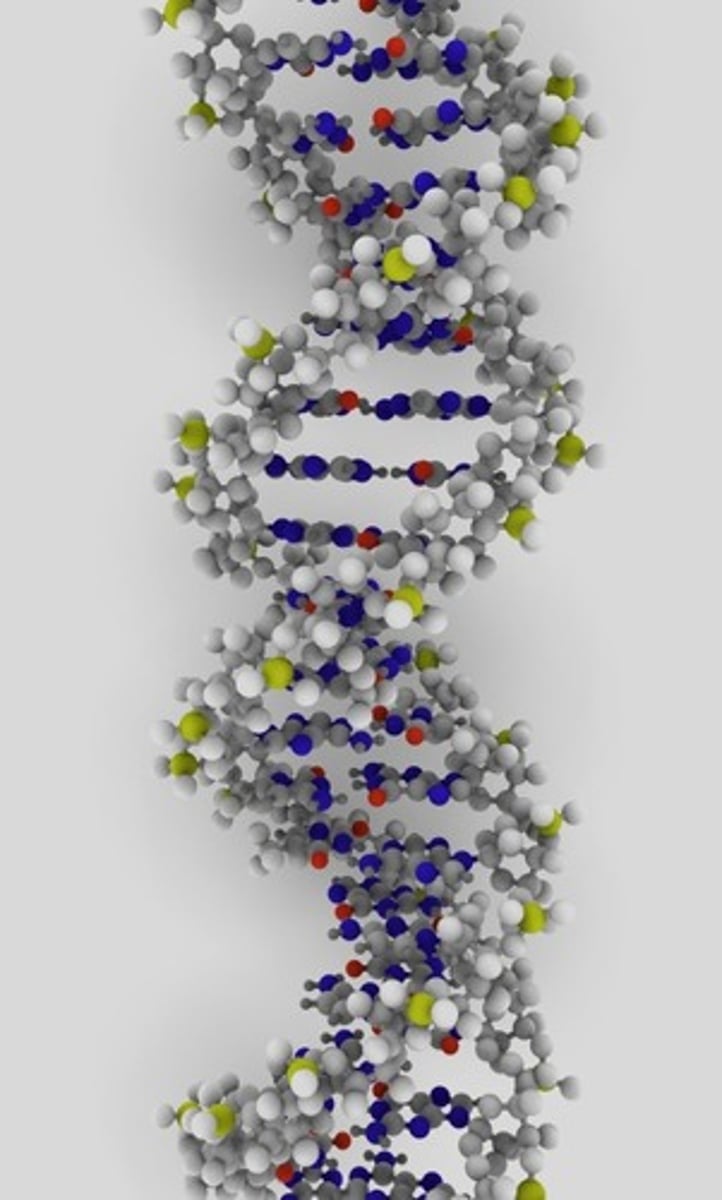
Evolution
Changes over time impacting behavior and emotions.
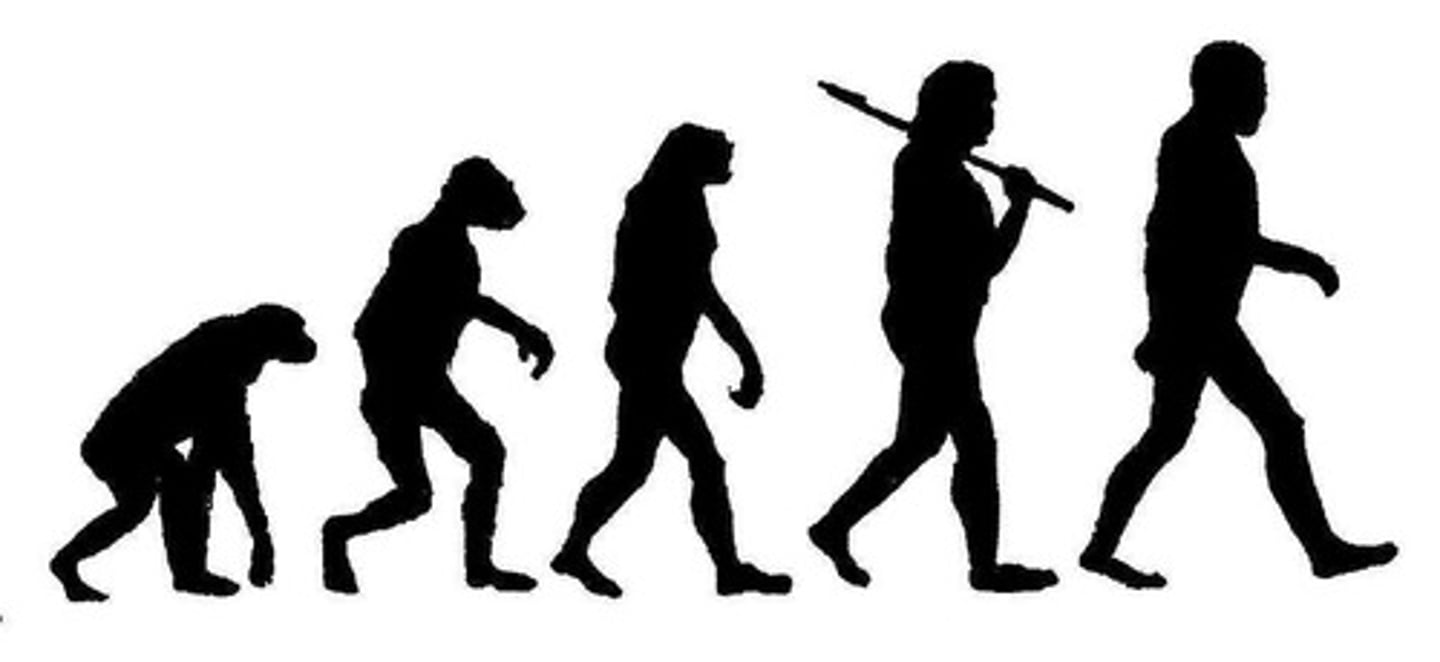
Generalizability
Extent findings apply to broader populations.
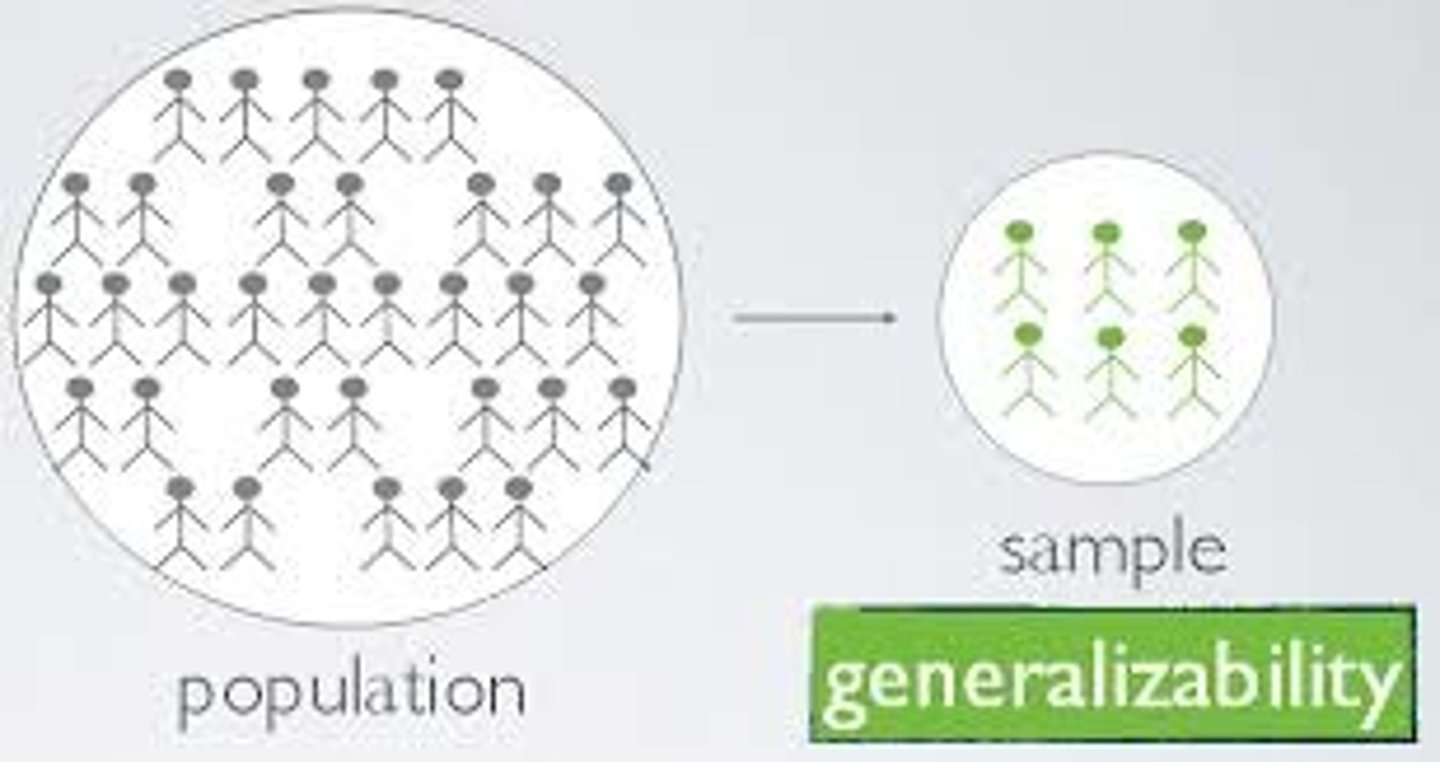
Reliability
Consistency and trustworthiness of research results.

Application
Practical use of research findings in real-world scenarios.
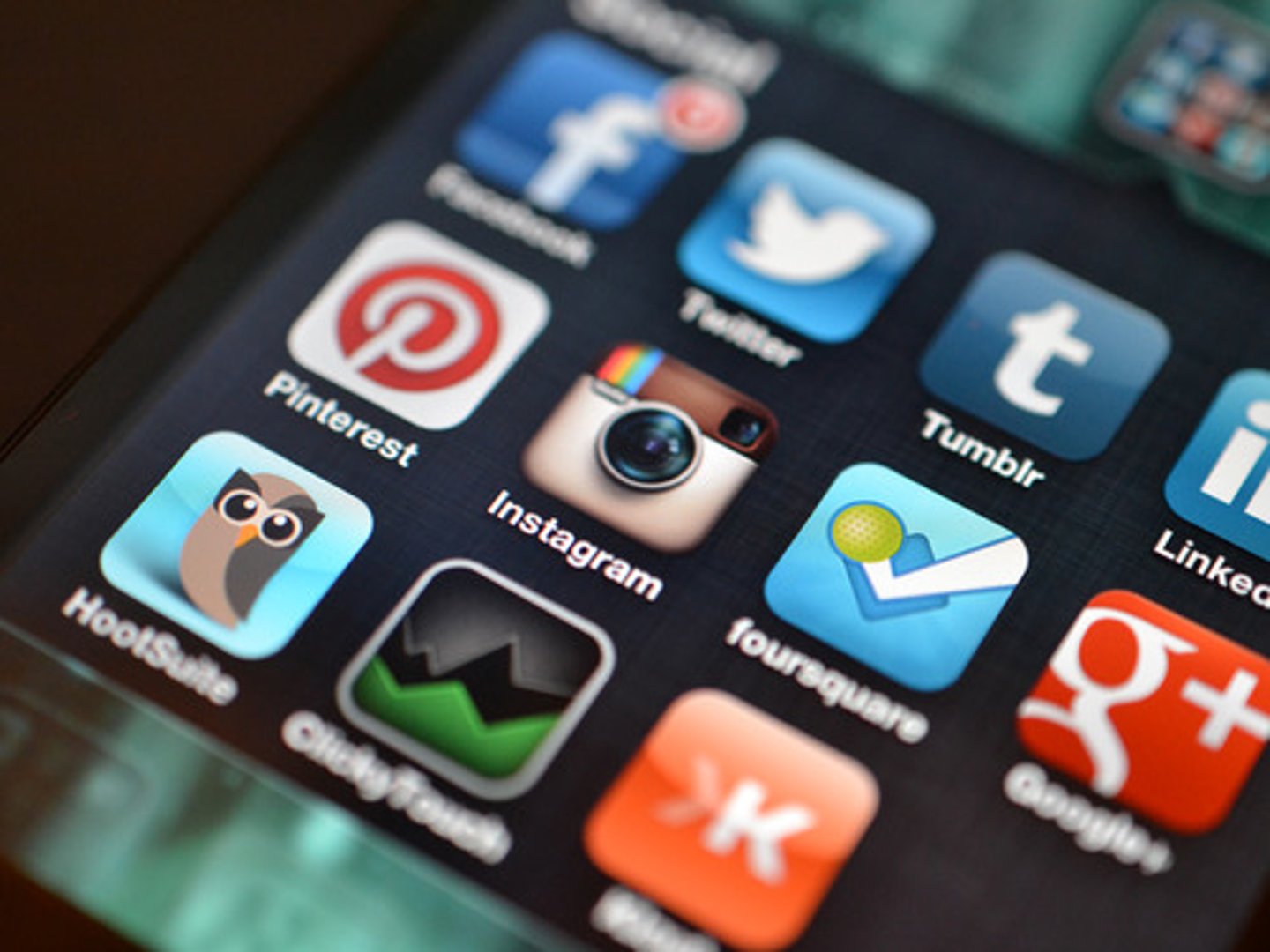
Validity
Accuracy and truthfulness of research results.
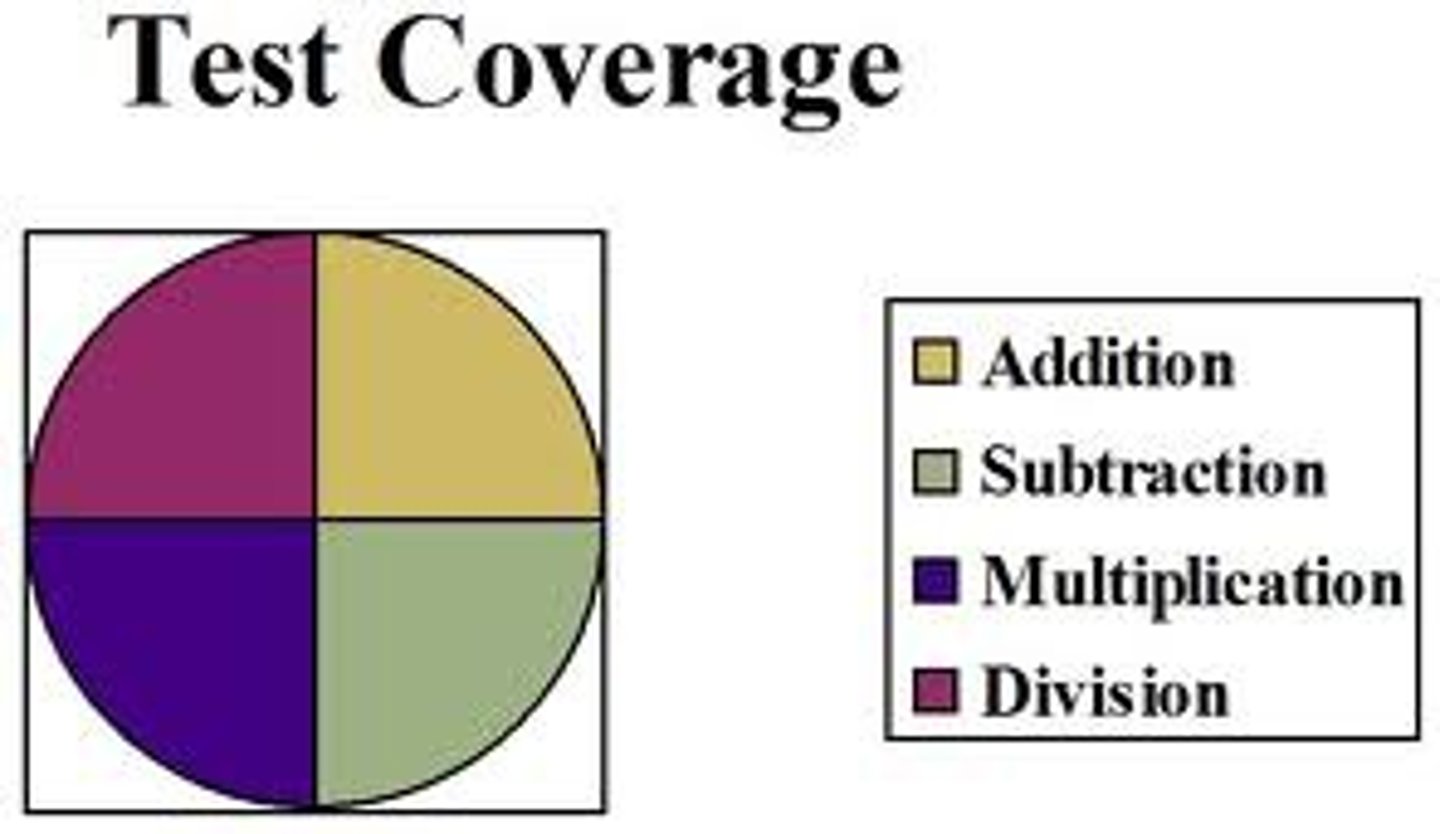
Ethics
Moral principles guiding research conduct.

Issues & Debates
Controversial topics and discussions in research.

Strengths
Advantages and positive aspects of research methods.
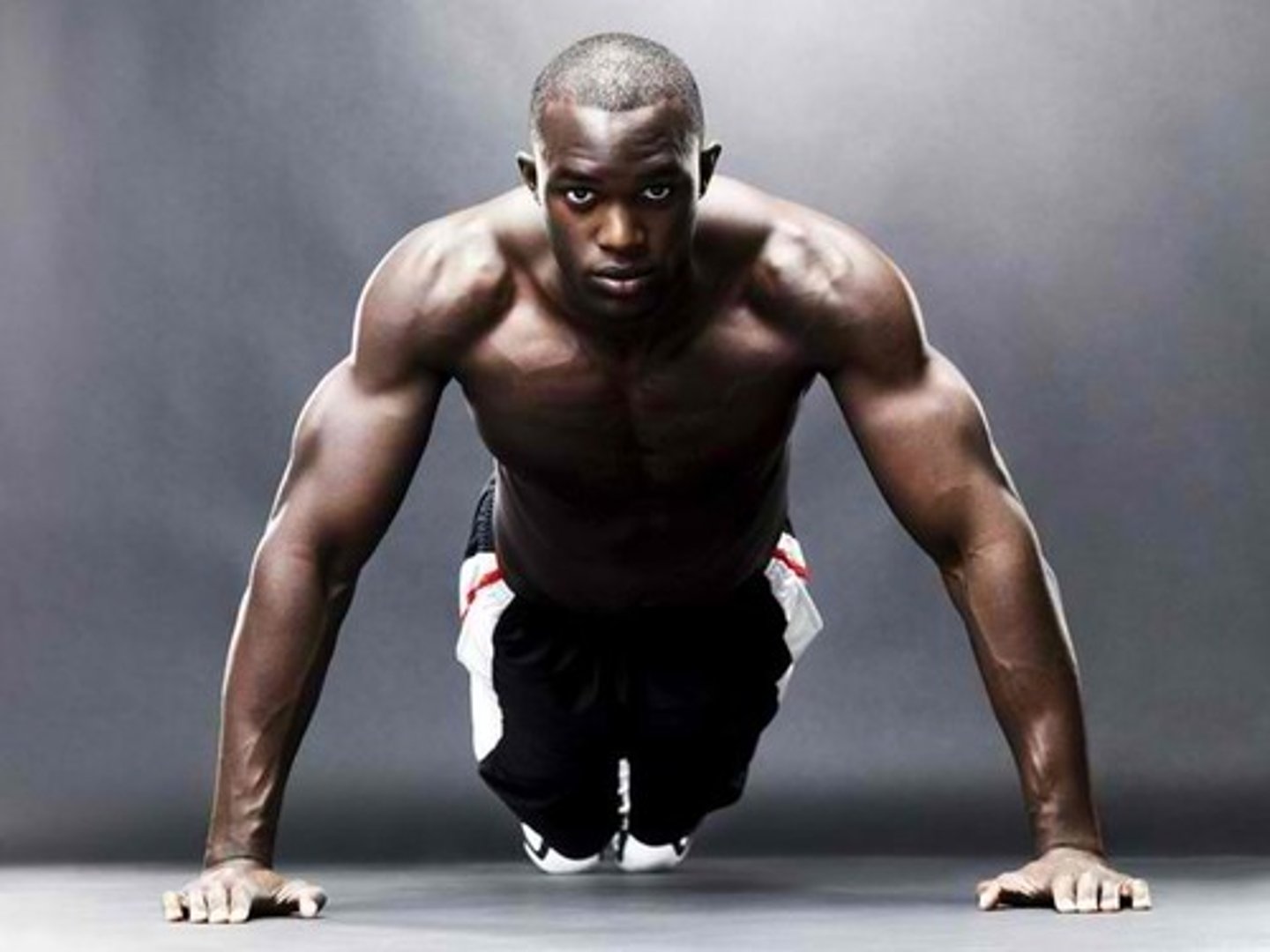
Weaknesses
Limitations and drawbacks of research methods.

Quantitative Data
Numerical information collected for analysis.
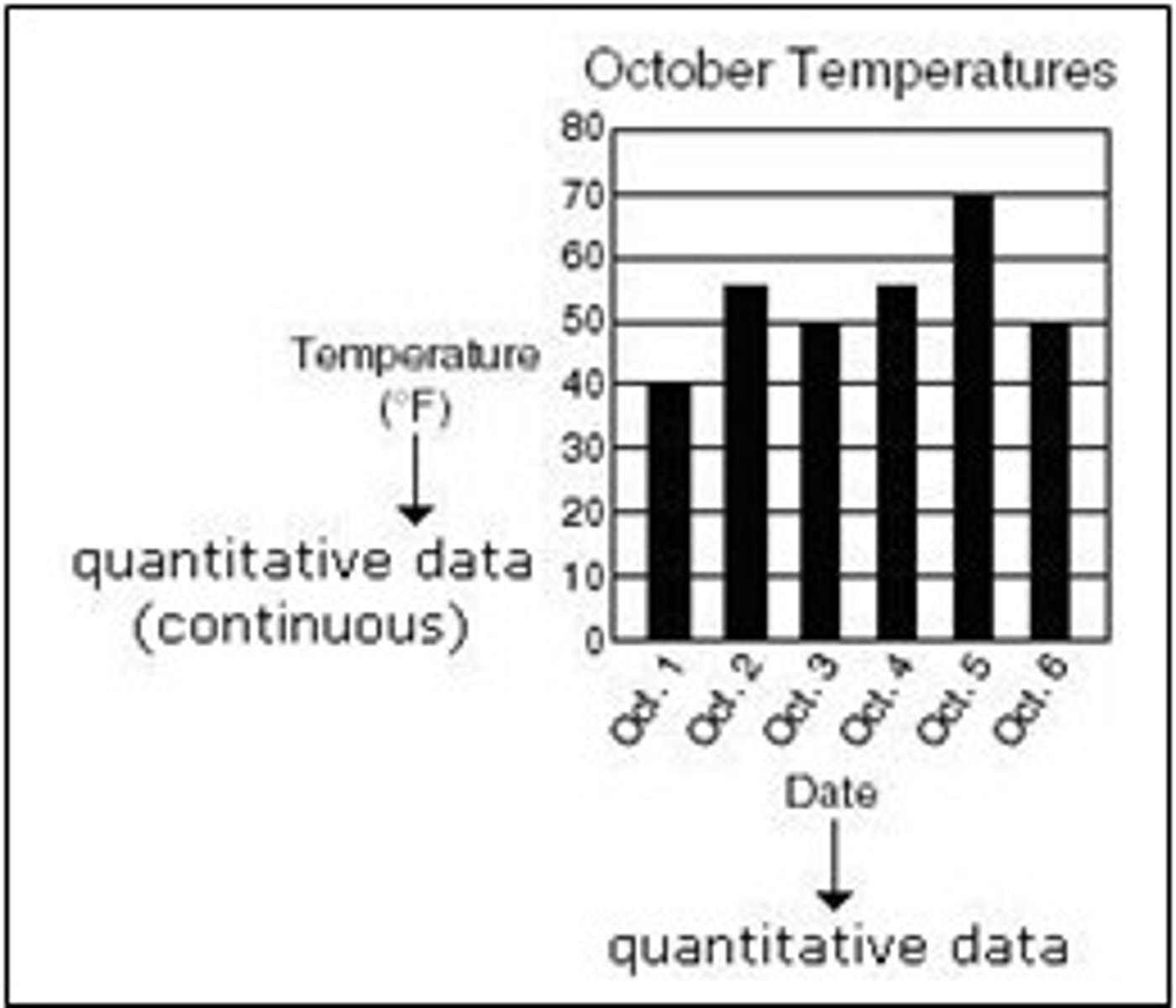
Qualitative Data
Non-numerical information providing insights.

Controlled Experimental Conditions
Strict control over variables in research settings.

Counterbalanced Trials
Balancing order effects in experimental conditions.
Operationalized Behavior Checklist
Detailed list defining behaviors for consistent observation.
Animal Ethics
Standards ensuring welfare of animals in research.

Region of Interest (ROI)
Specific brain areas focused on in research analysis.

Whole Brain Analysis
Examining the entire brain for structural changes.
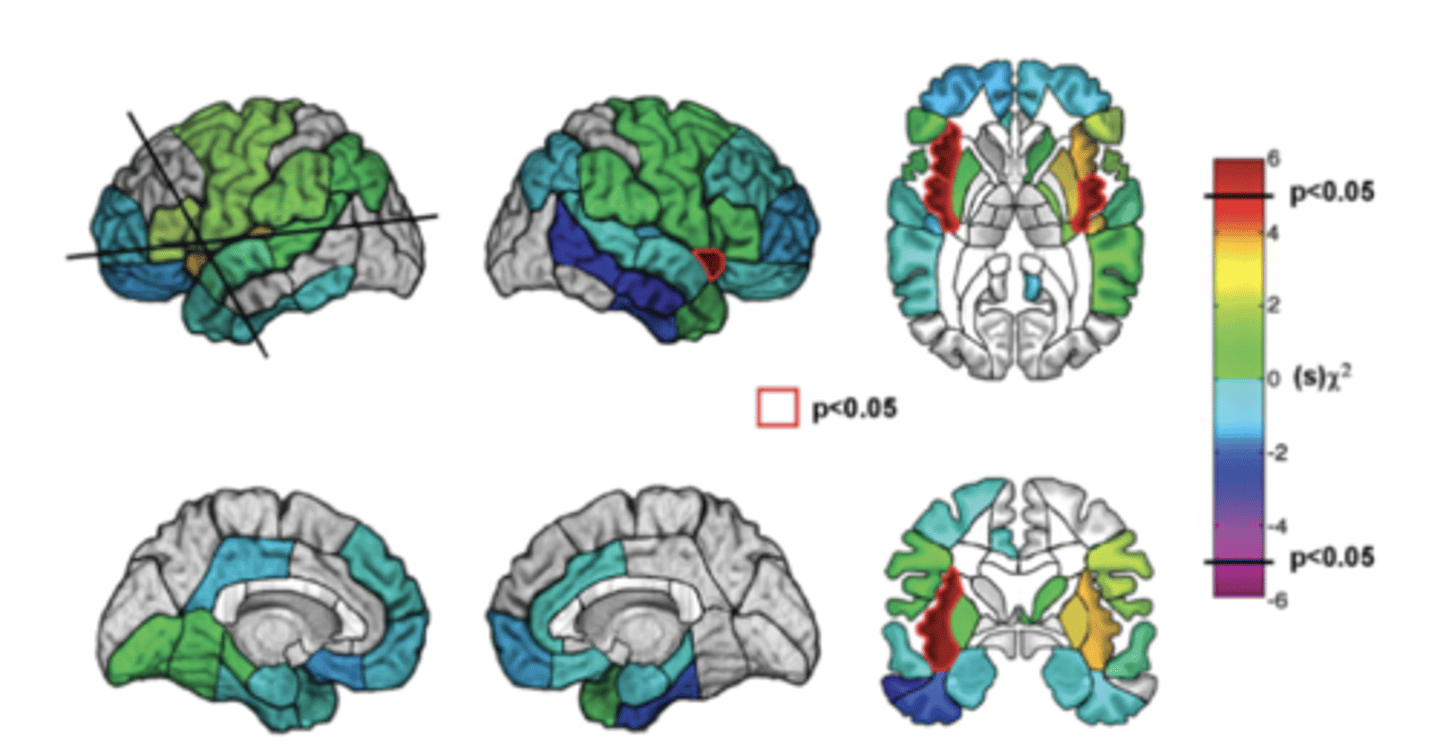
Mundane Realism
Extent research reflects everyday life situations.

Causality
Establishing cause-effect relationships in research.
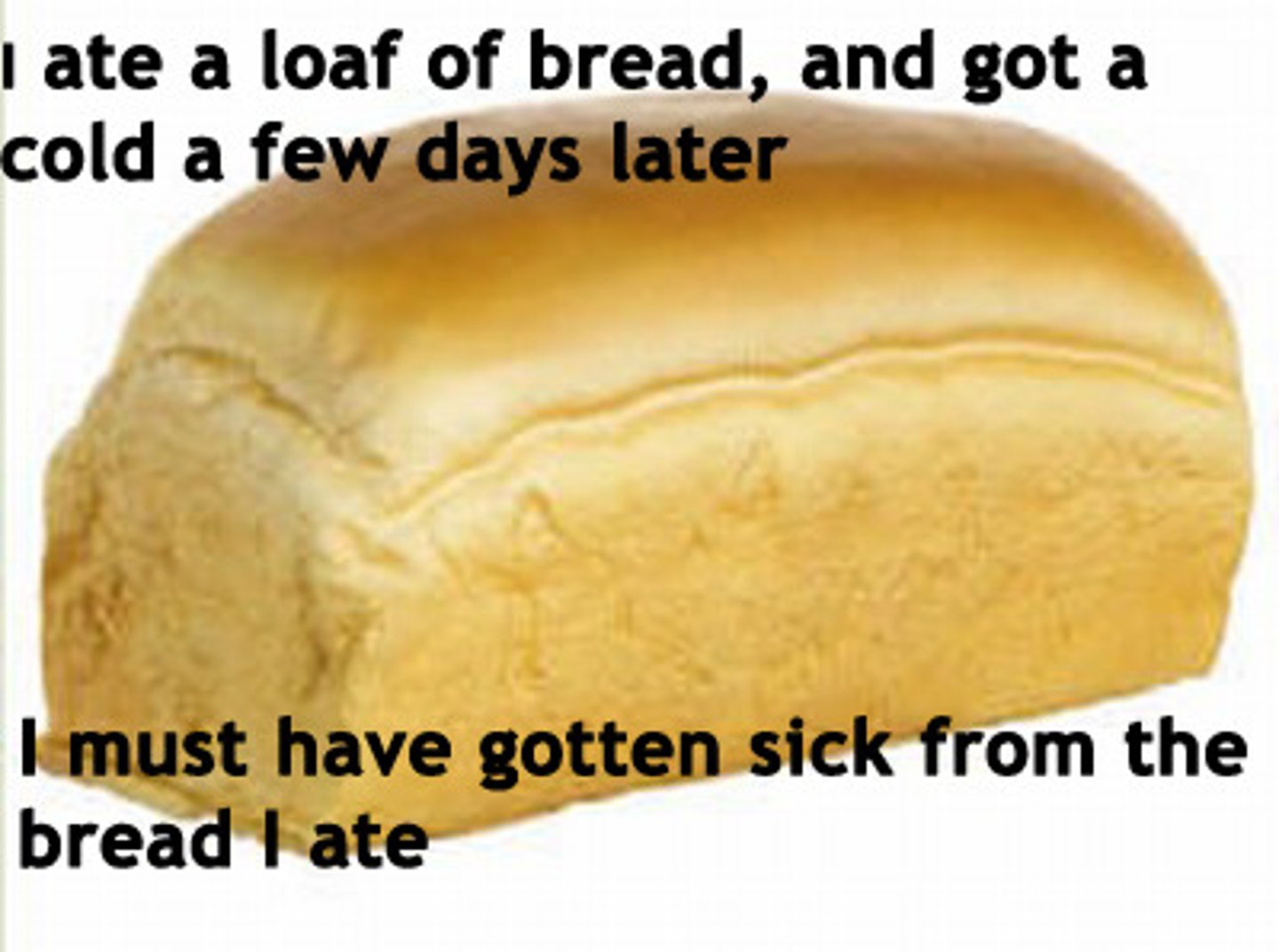
Participant Variables
Individual differences influencing research outcomes.
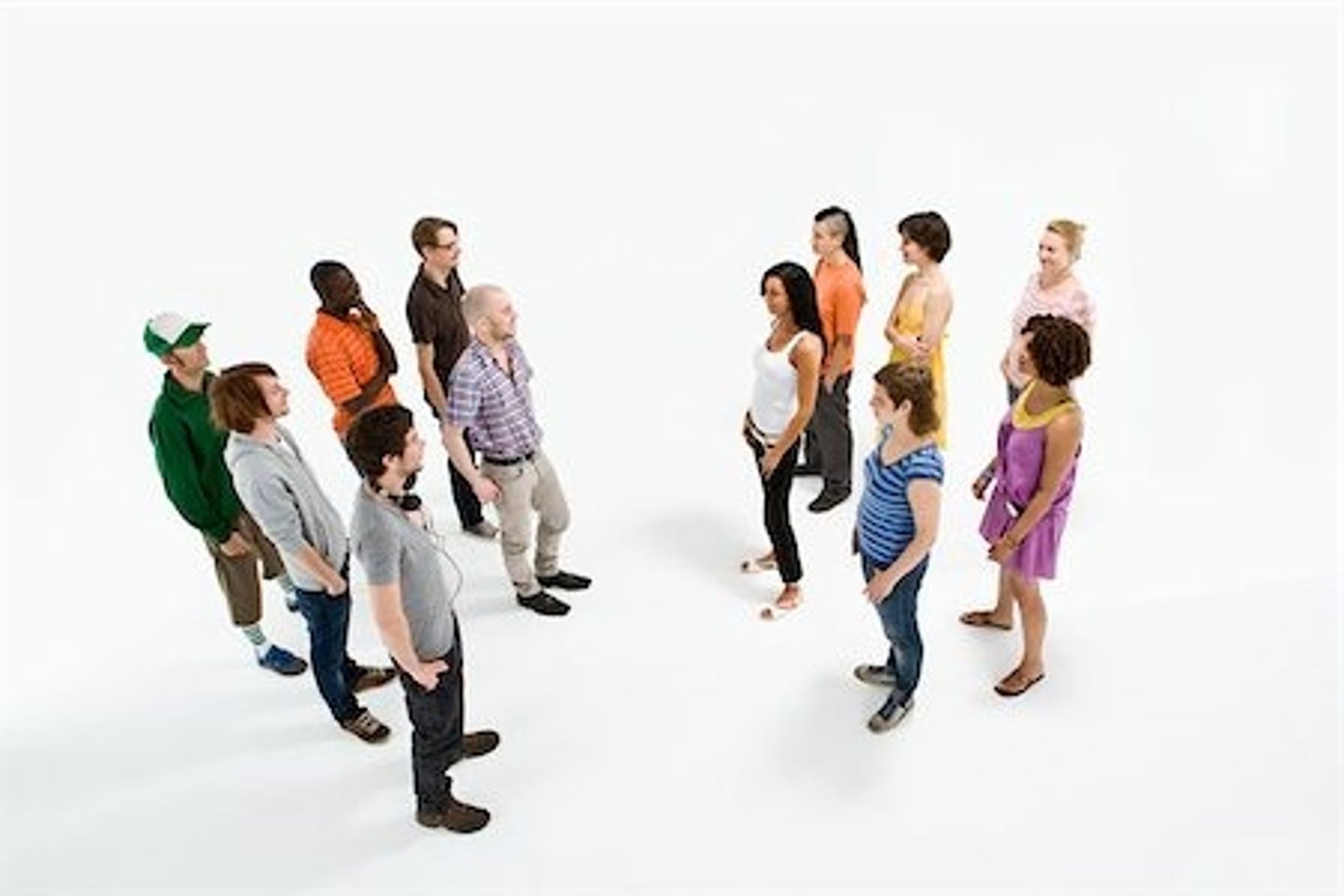
Selection Bias
Distorted results due to non-random participant selection.
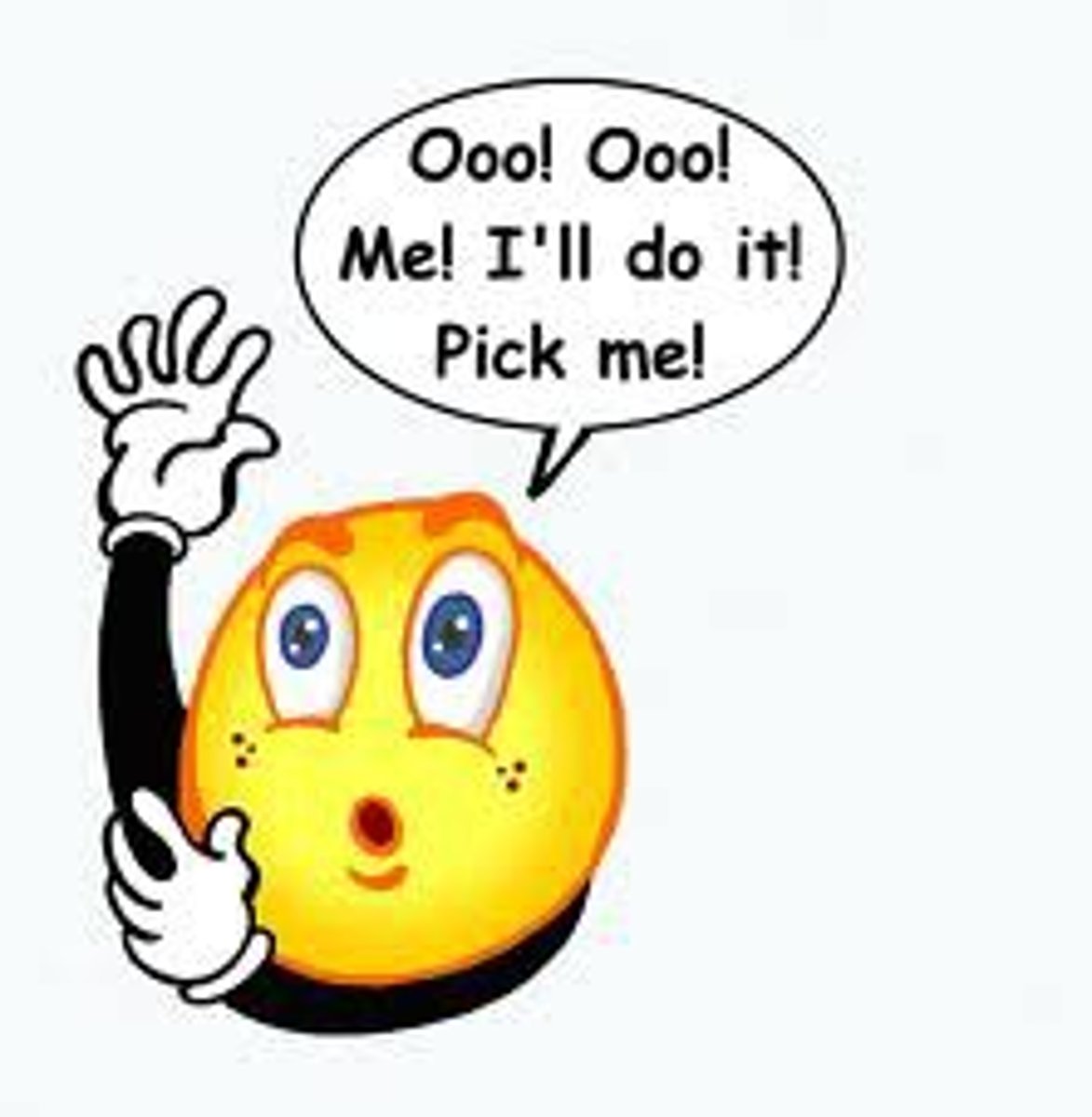
Experimenter Bias
Researcher's influence affecting study outcomes.

Ecological Validity
Extent findings apply to real-world settings.
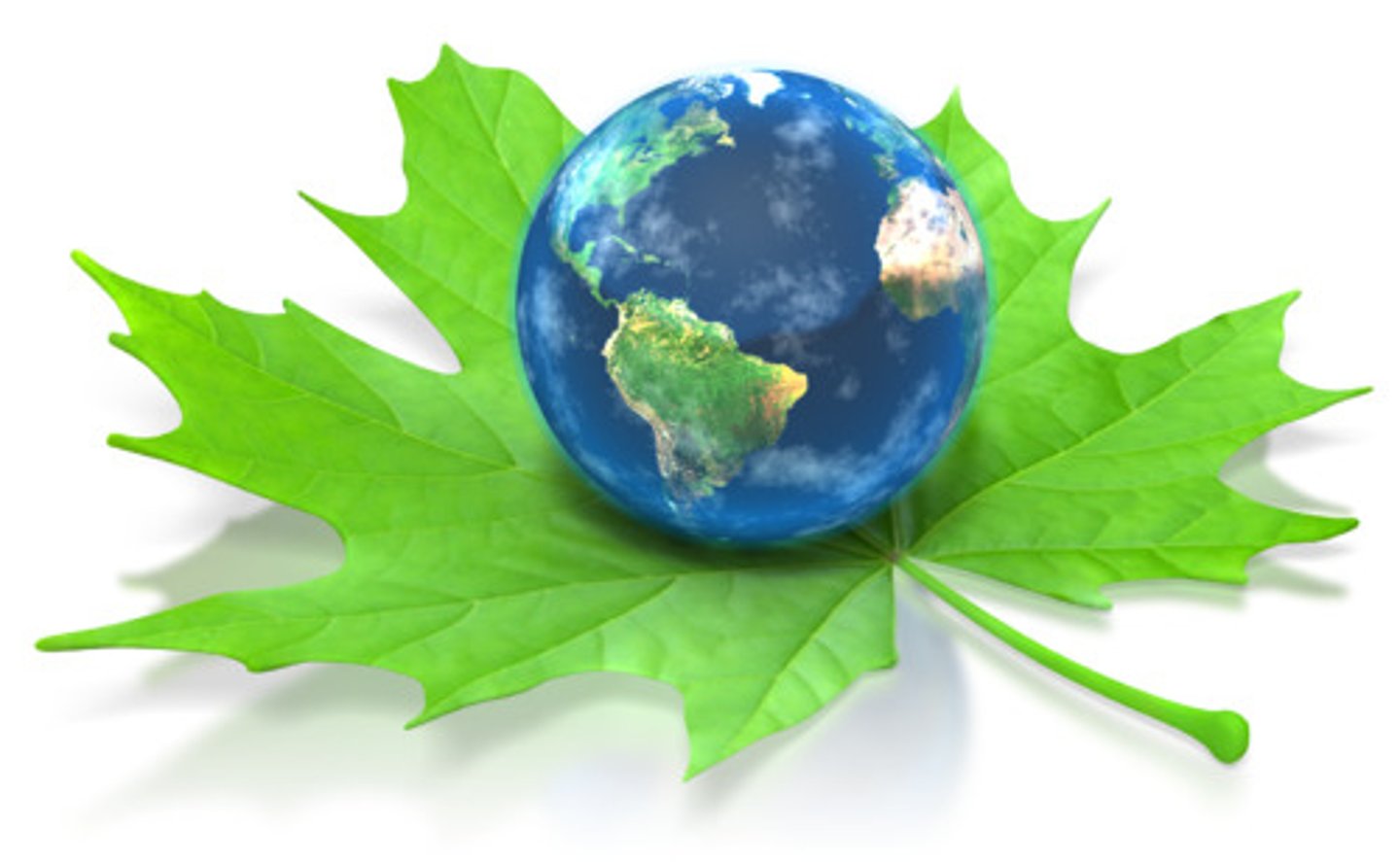
Circadian Rhythm
24-hour cycle affecting behavior, cognition, and emotion

Ultradian Rhythm
90-110-minute sleep cycle
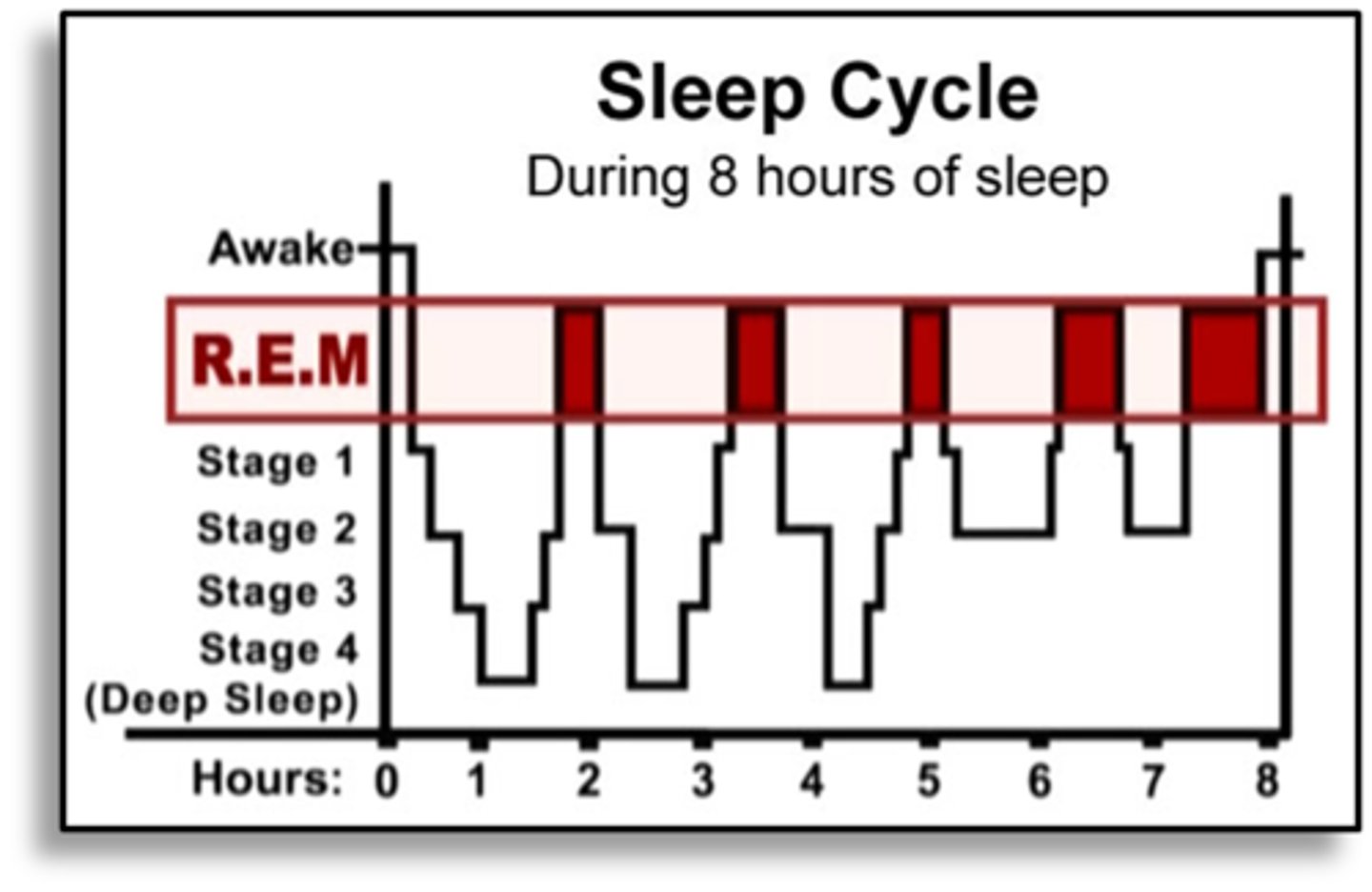
EEG
Traces brain activity during sleep
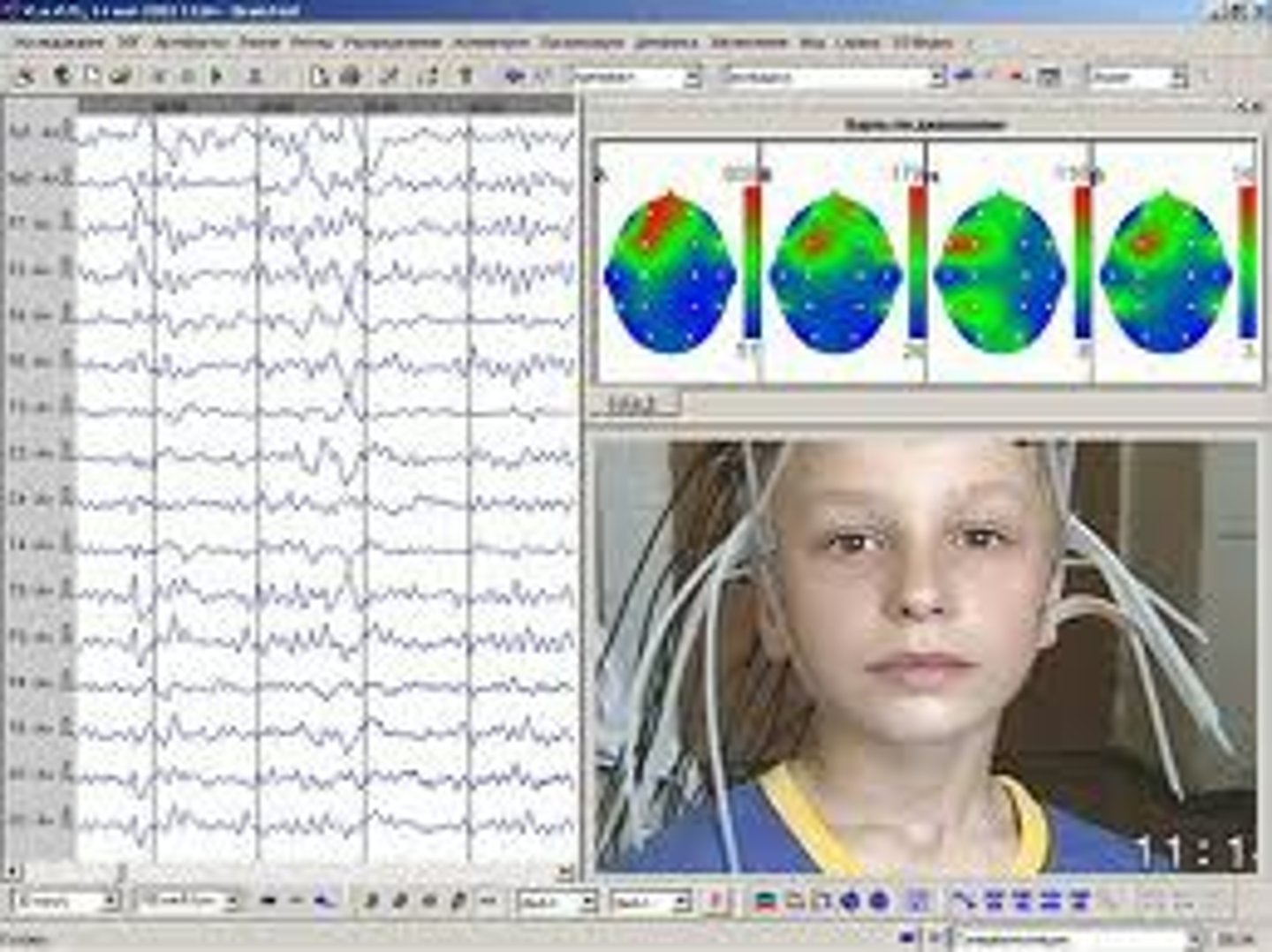
Delta Waves
Type of brain wave during deep sleep

Alpha Waves
Brain waves indicating relaxed wakefulness

Sleep Spindles
Bursts of brain activity during sleep
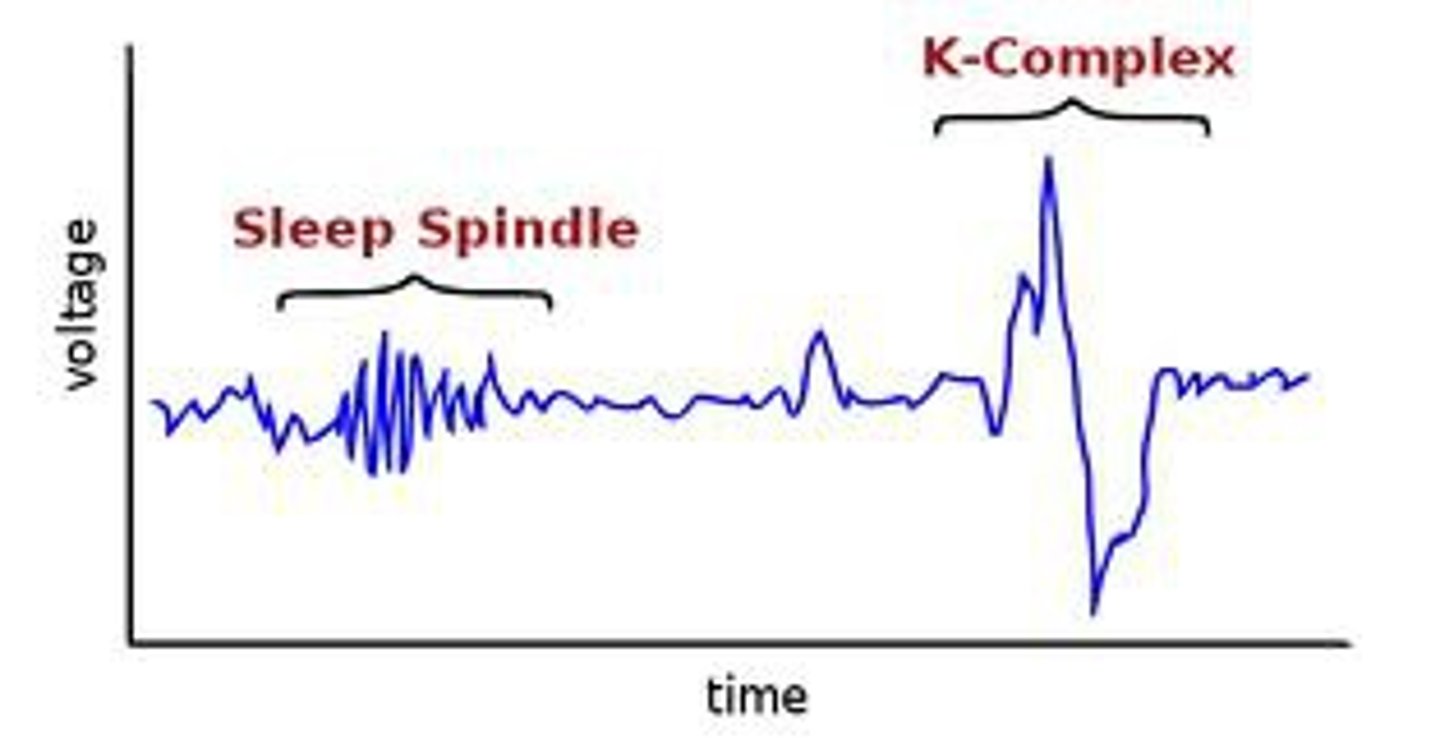
Pineal Gland
Produces melatonin, impacting sleep hormones
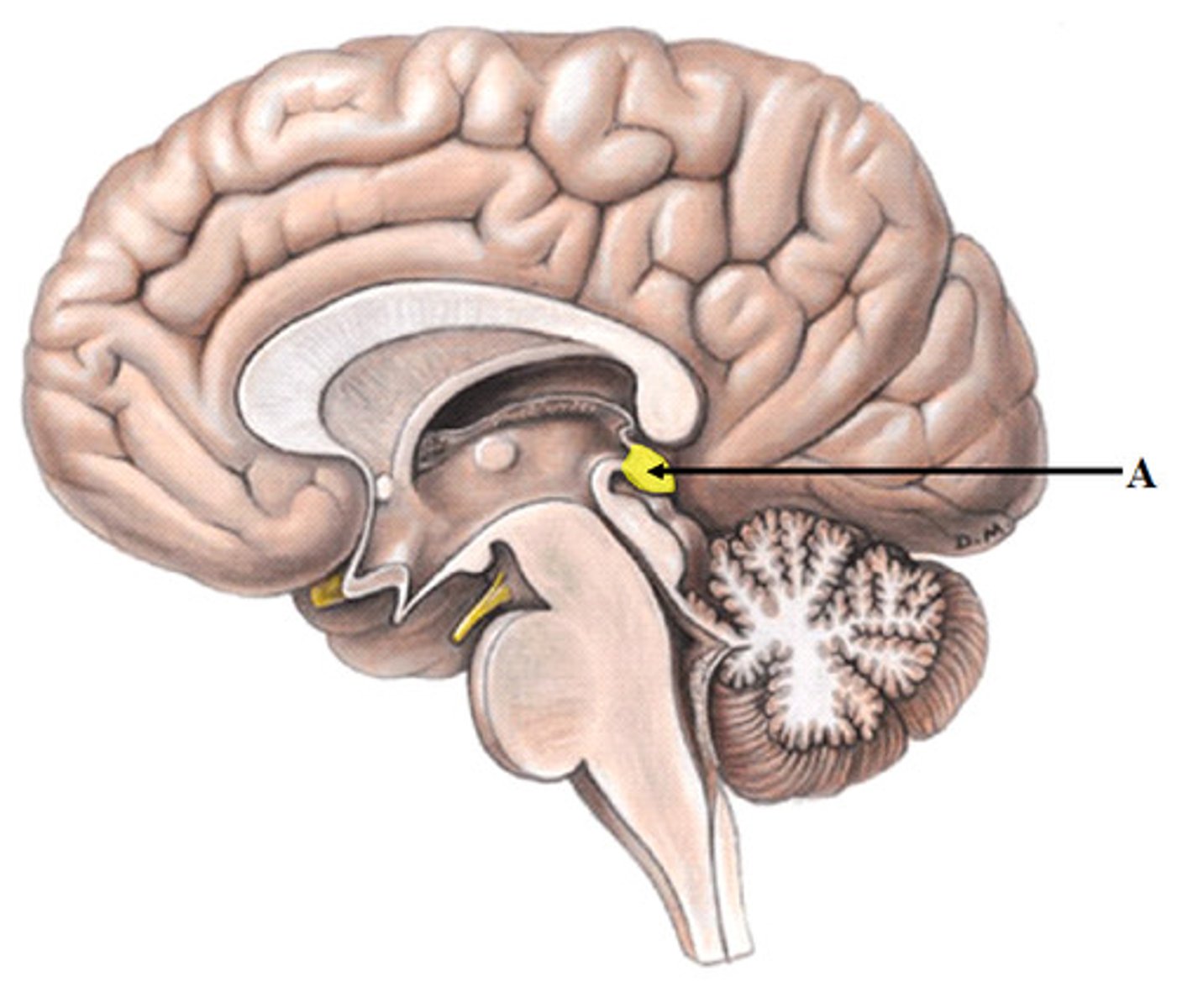
Melatonin
Hormone regulating sleep-wake cycles
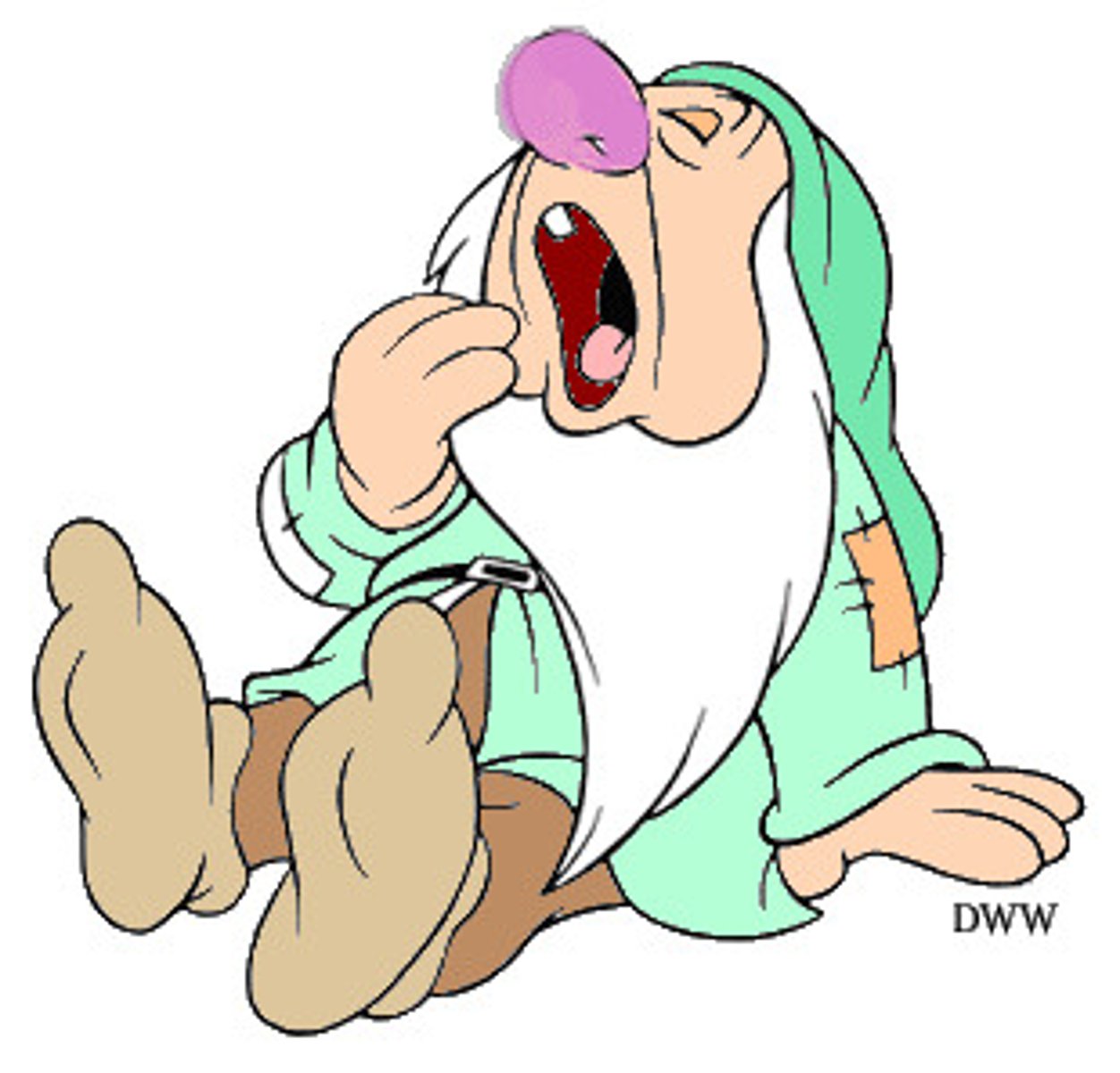
REM
Rapid Eye Movement stage of sleep
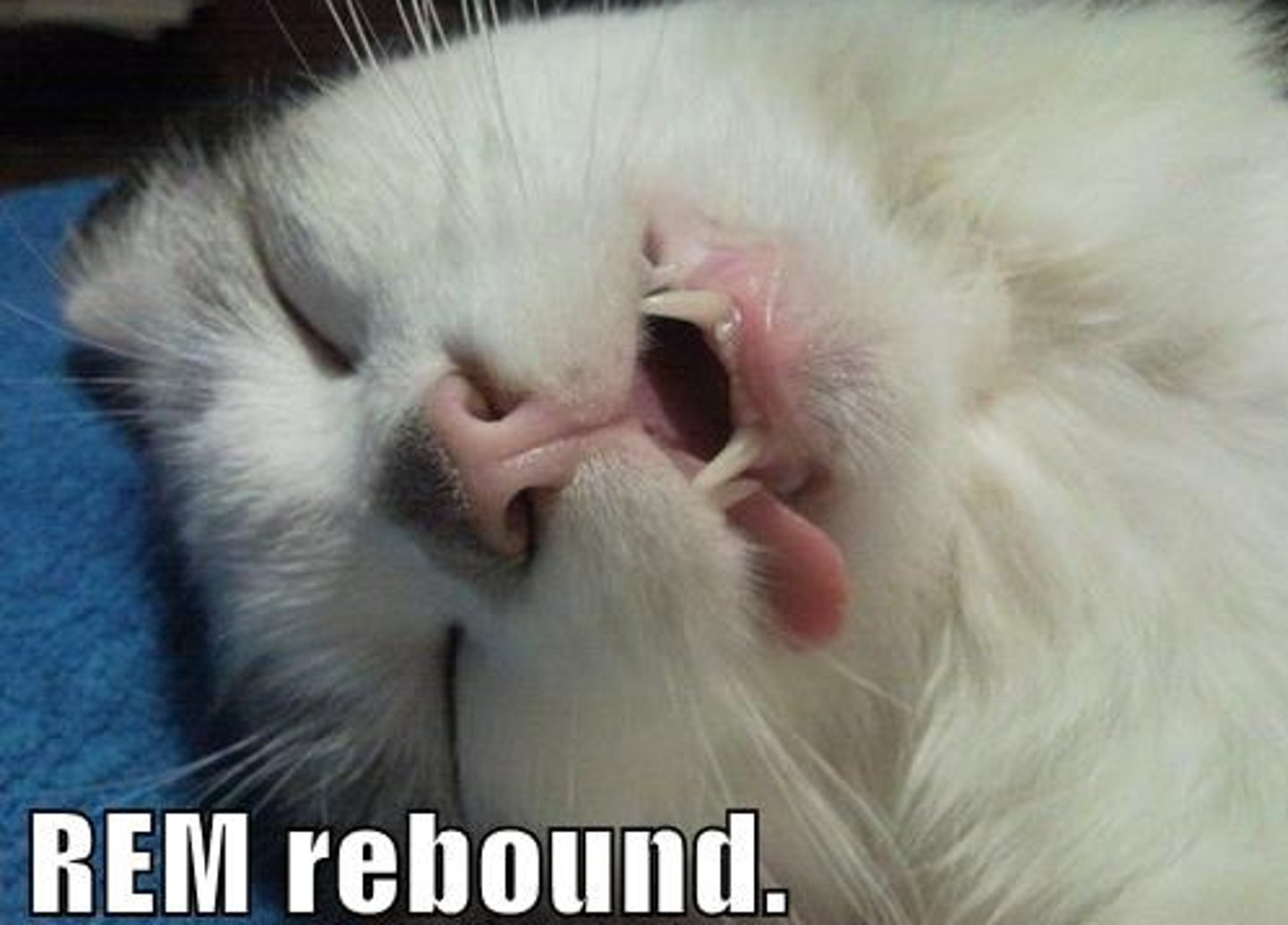
NREM
Non-Rapid Eye Movement stage of sleep
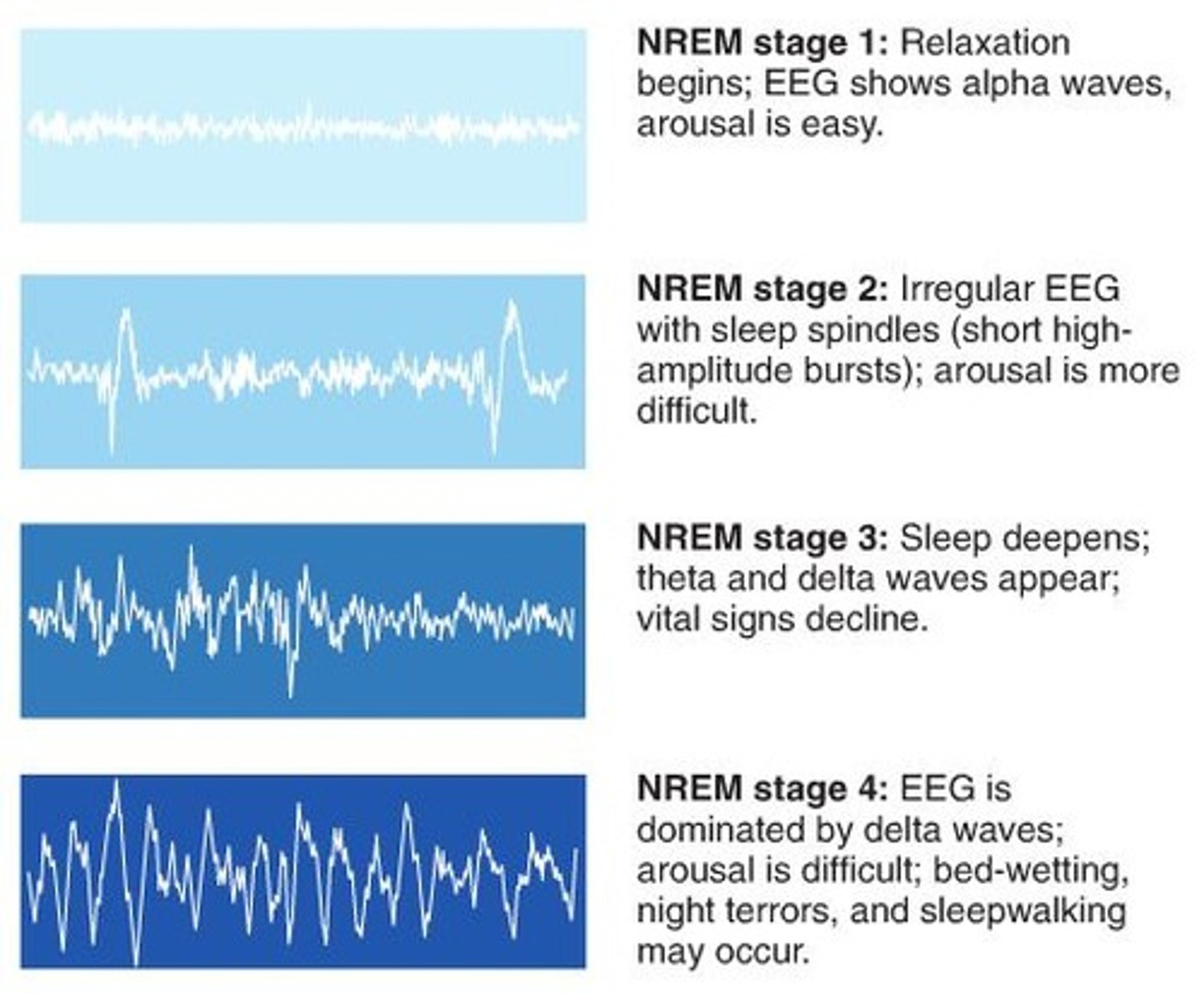
EOG electrodes
Electrodes near the eye to detect eye movements
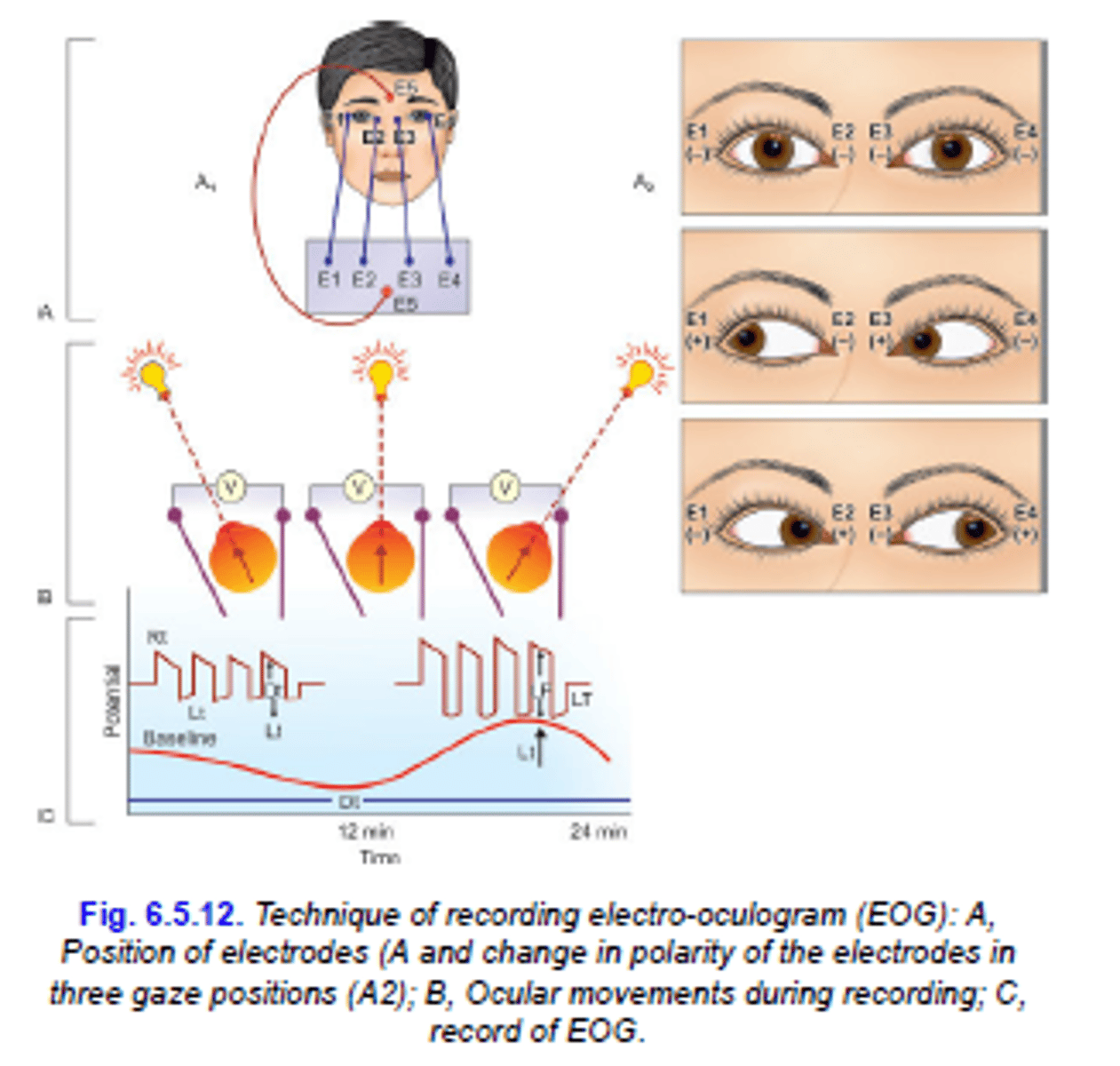
EEG electrodes
Electrodes to the scalp to measure brain activity

Dream Recall
Remembering and reporting dreams upon waking
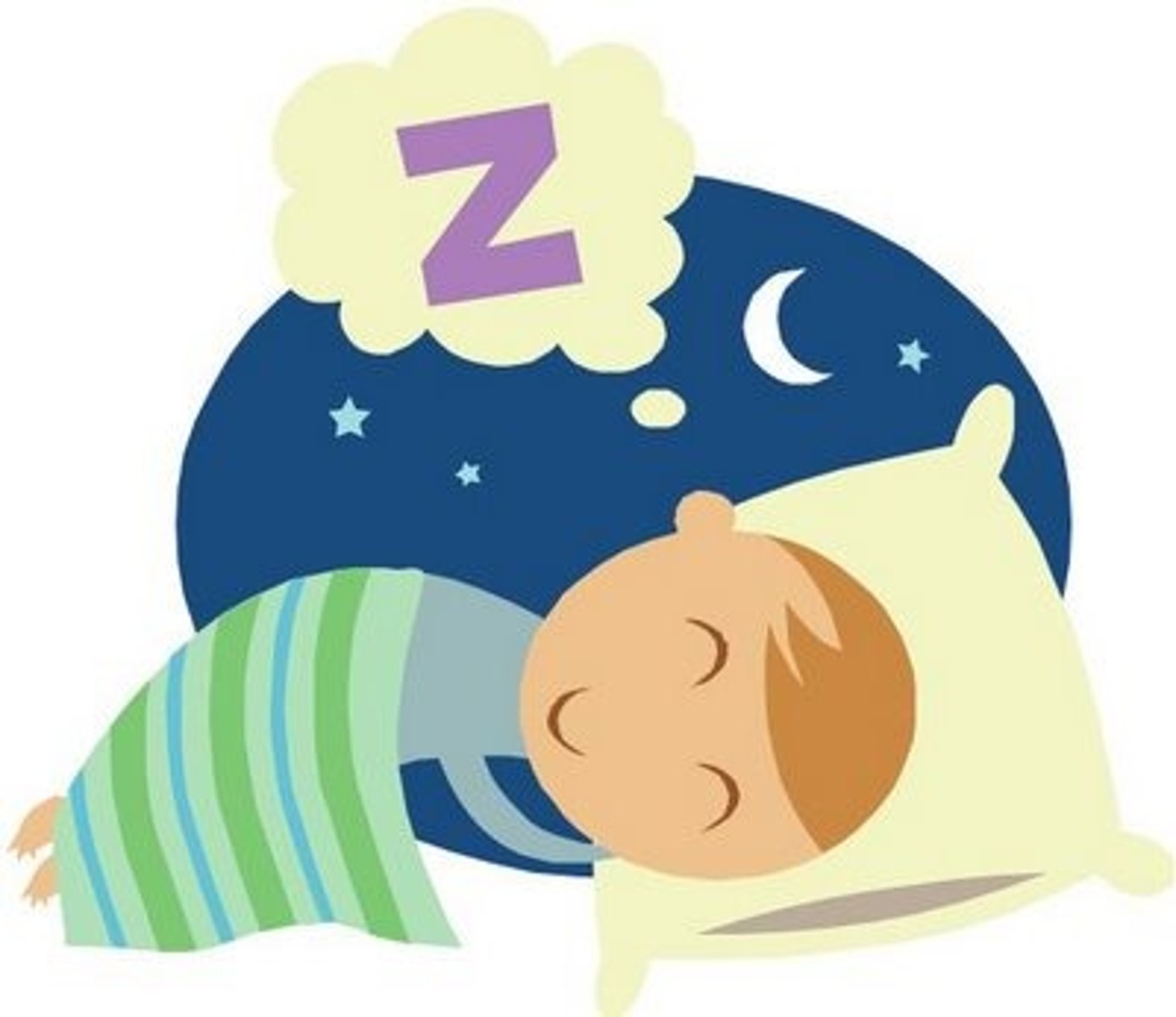
VBM
Voxel-based morphometry for brain structure analysis

ROI
Region of interest analysis in brain imaging

MBSR
Mindfulness-Based Stress Reduction program

MRI
Magnetic Resonance Imaging for brain scans
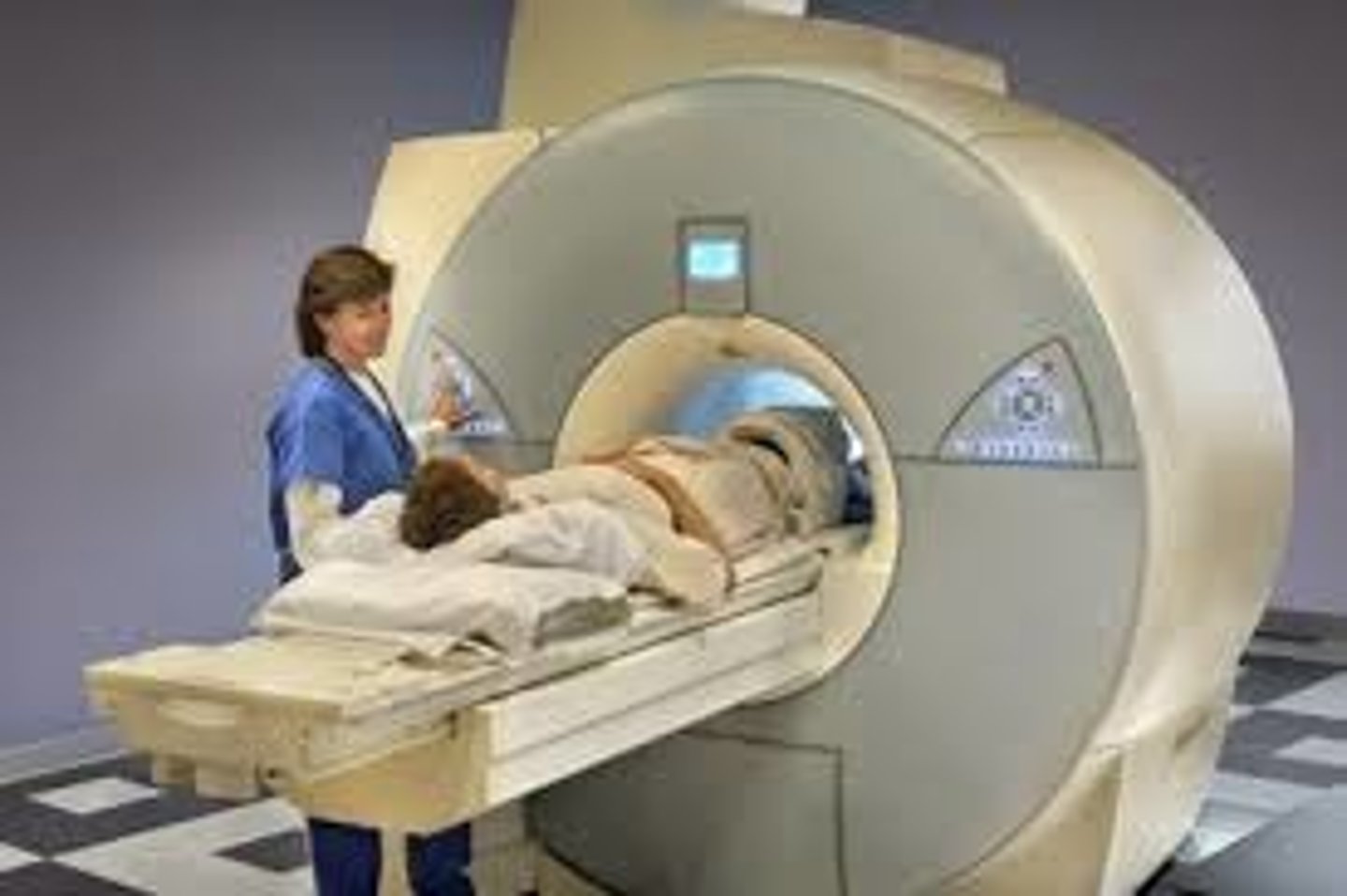
Gray Matter
Brain tissue containing cell bodies and synapses
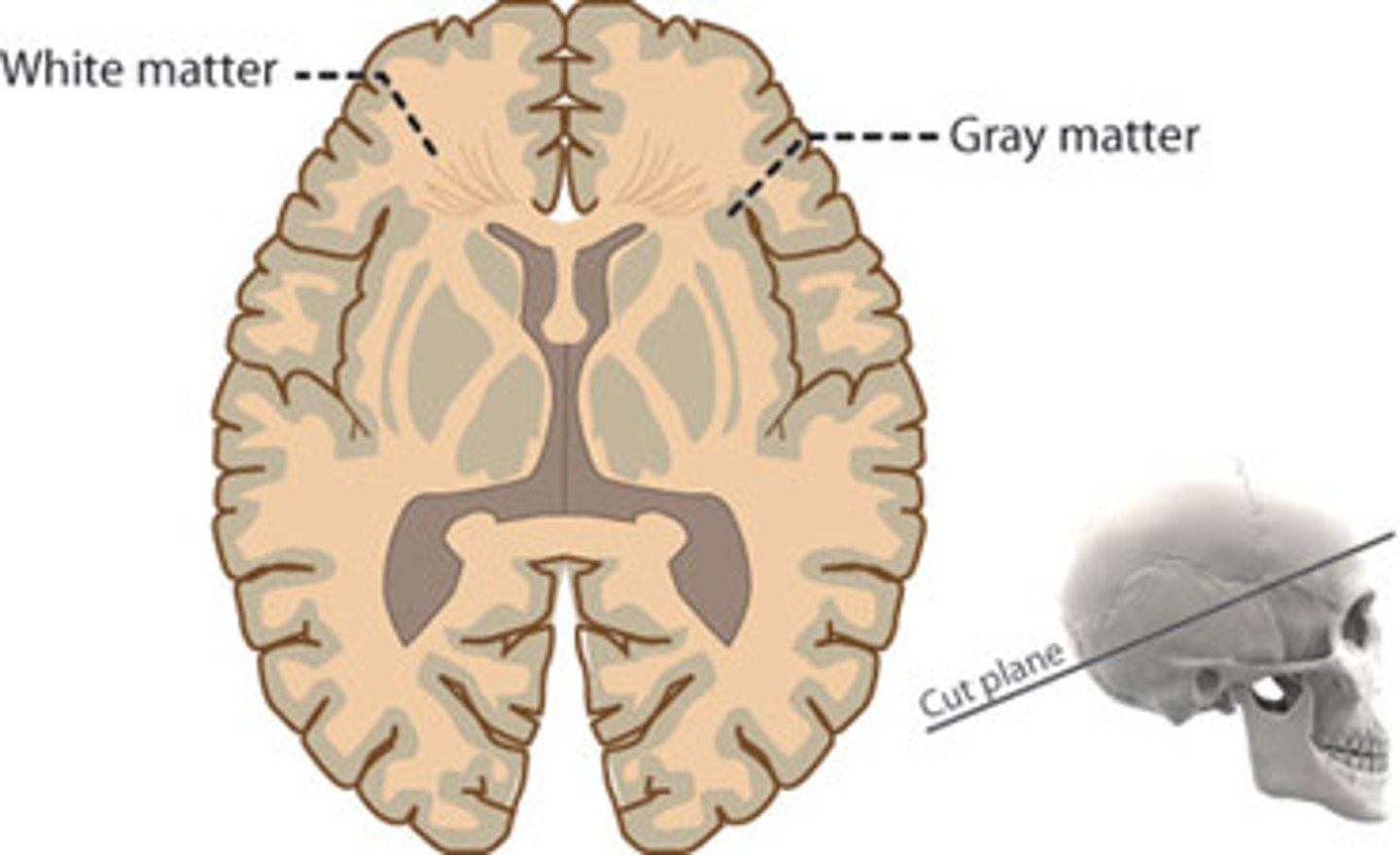
Hippocampus
Brain region associated with memory and learning
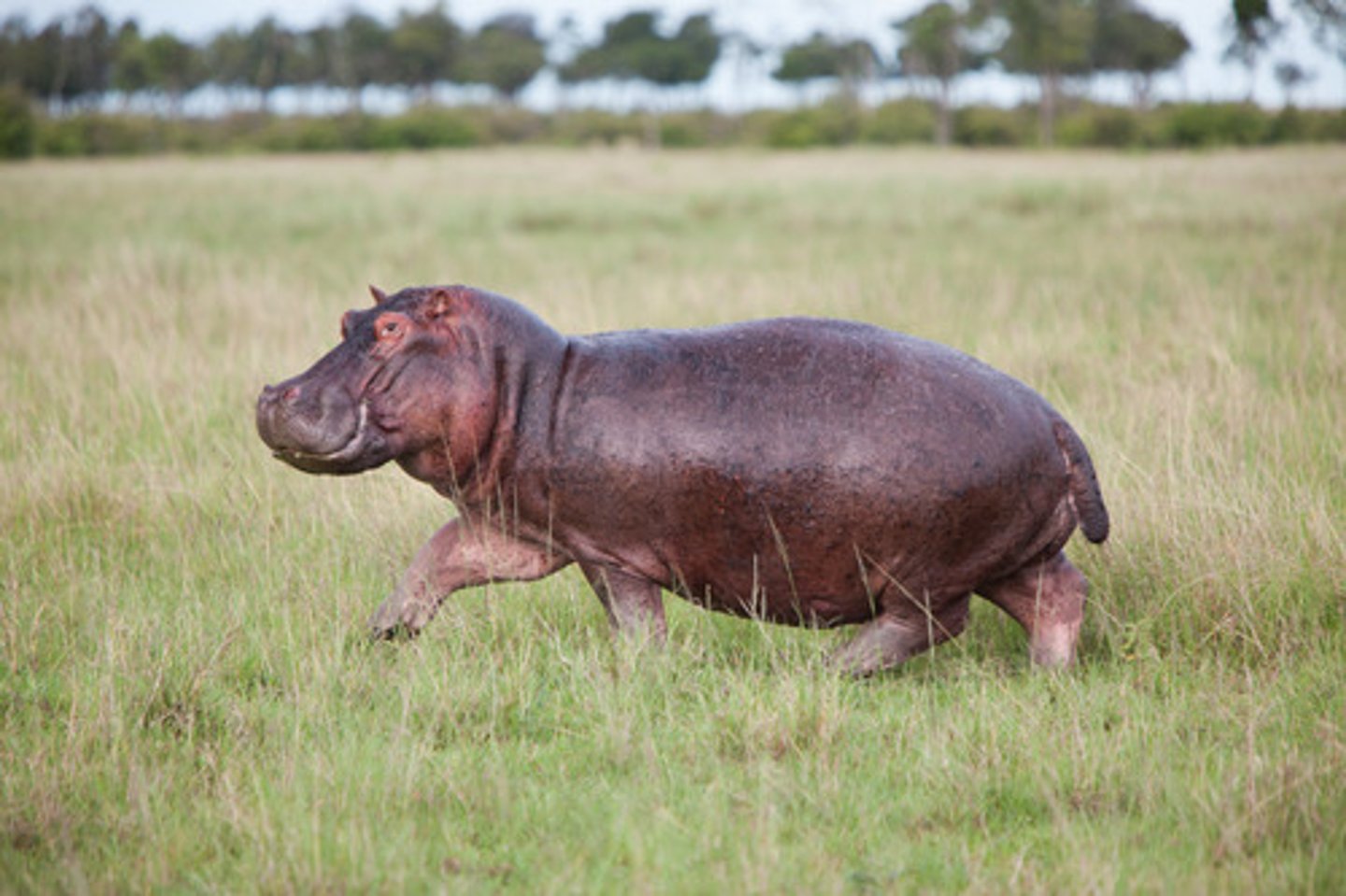
Insula
Brain region involved in emotion and self-awareness
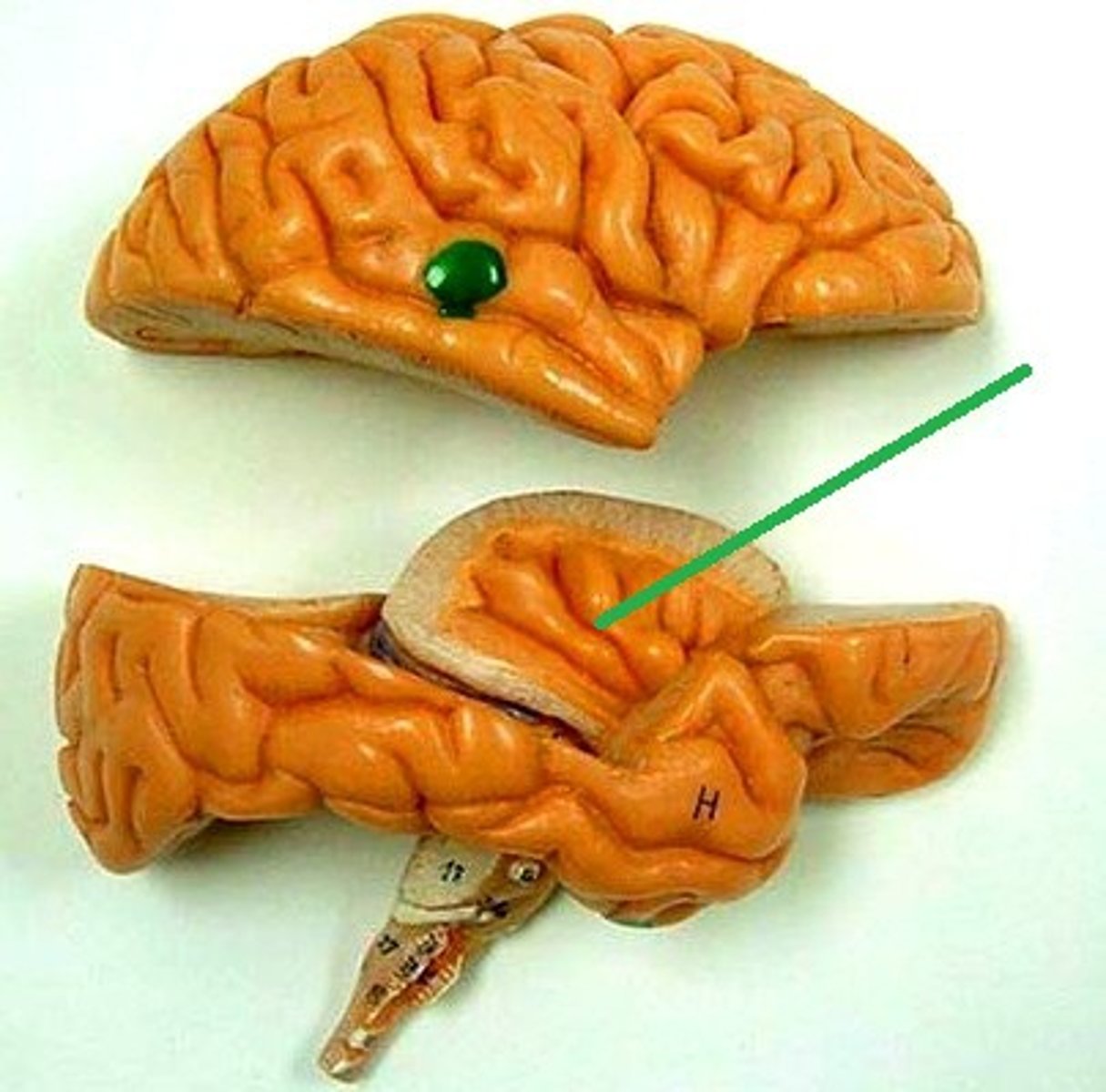
TPJ
Temporoparietal junction involved in perspective taking
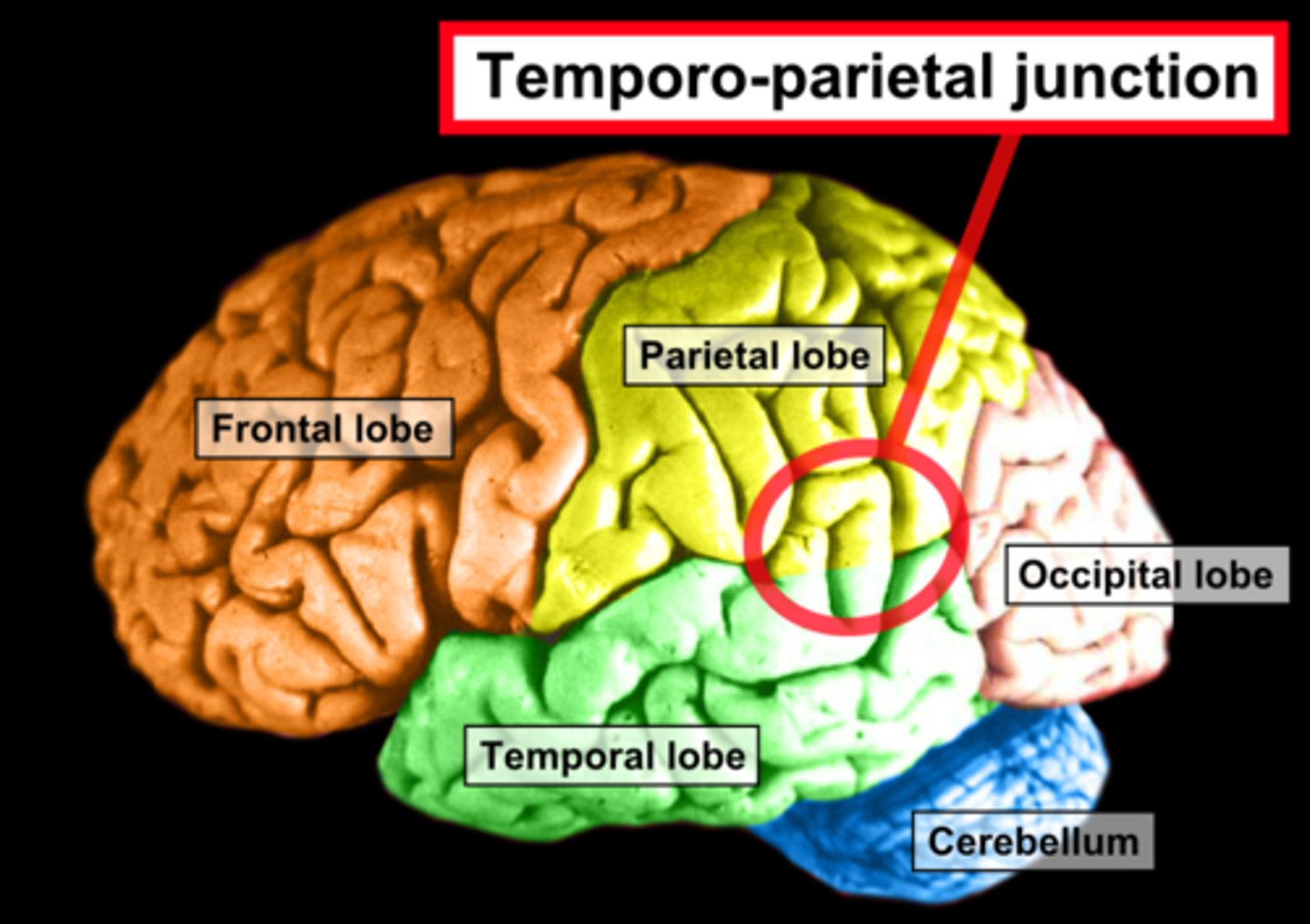
PCC
Posterior cingulate cortex for self-referential processing
Cerebellum
Brain region for motor control and cognitive processing
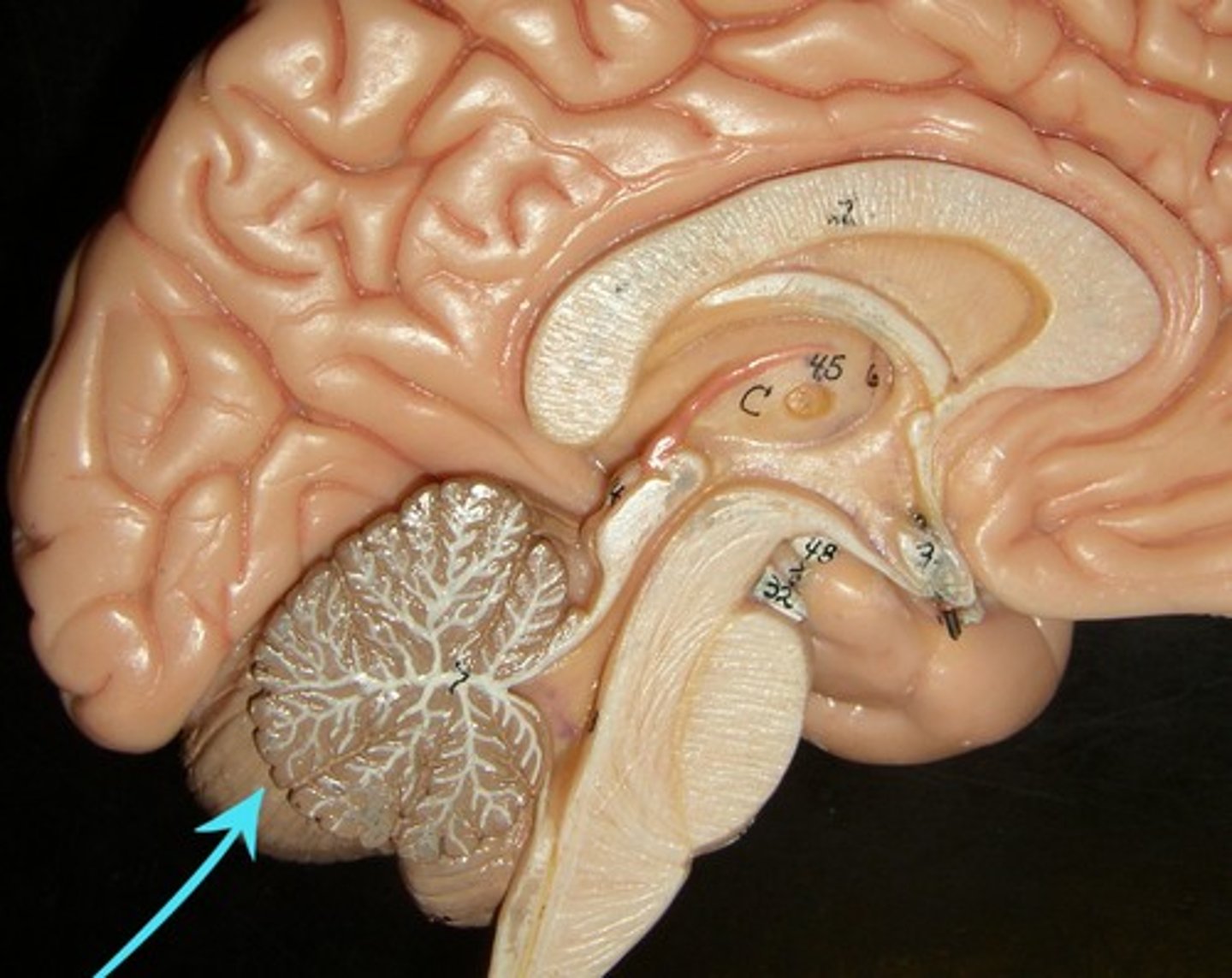
Dream Duration
Time length of a dream episode
Dream Narrative
Recorded description of dream experiences
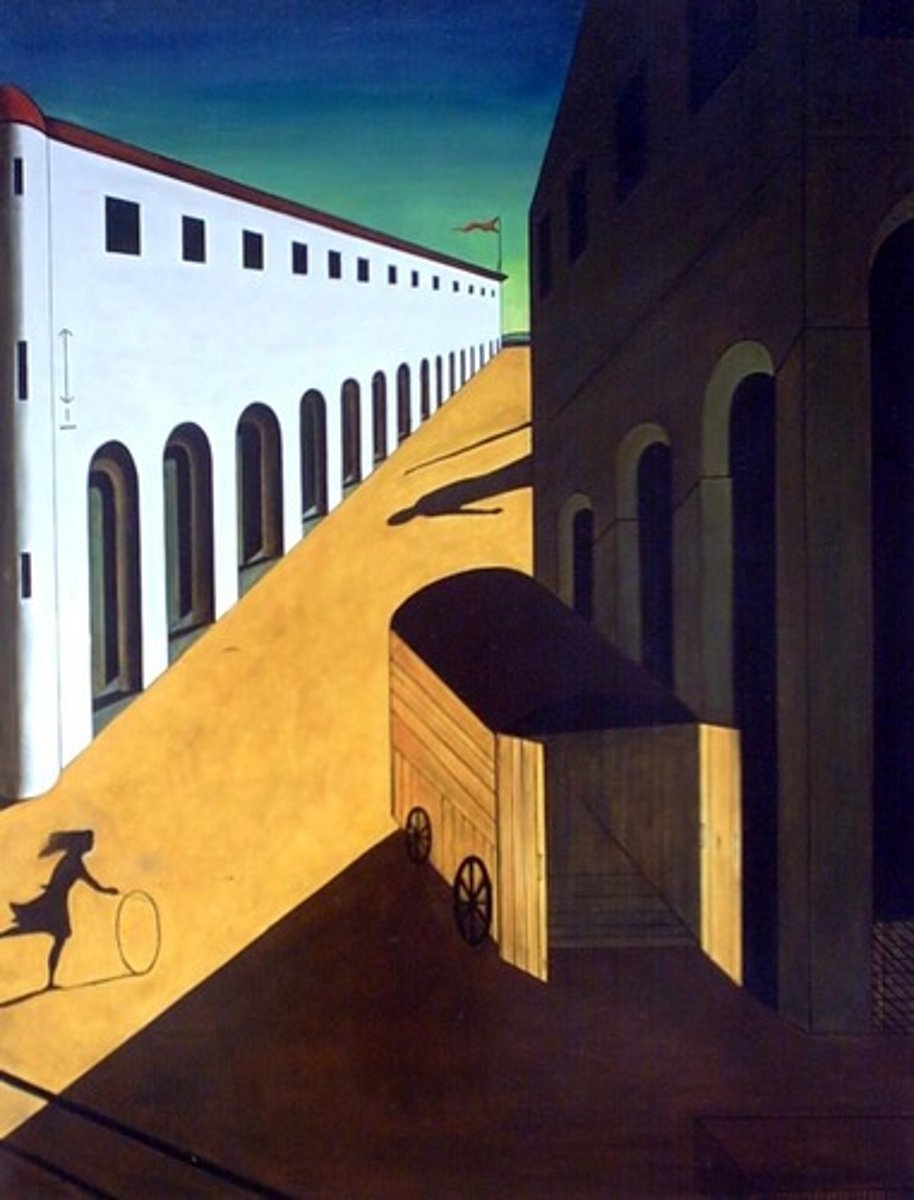
Dream Content
Subject matter of dreams experienced during sleep

Toy Preferences
Individual choices for specific types of toys

Behavioral Biases
Tendencies influencing behavior towards certain choices
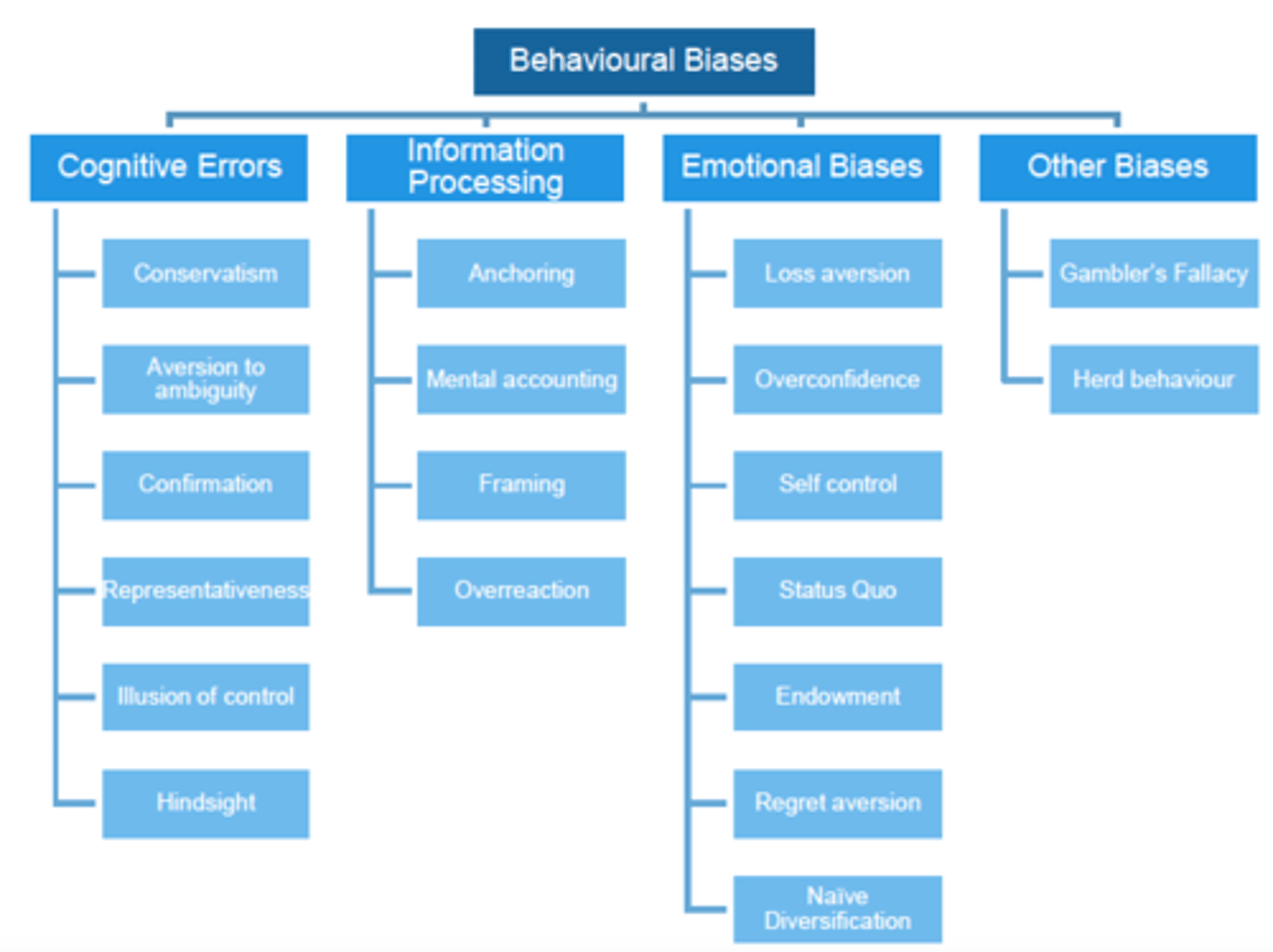
Cognitive Biases
Mental inclinations affecting decision-making
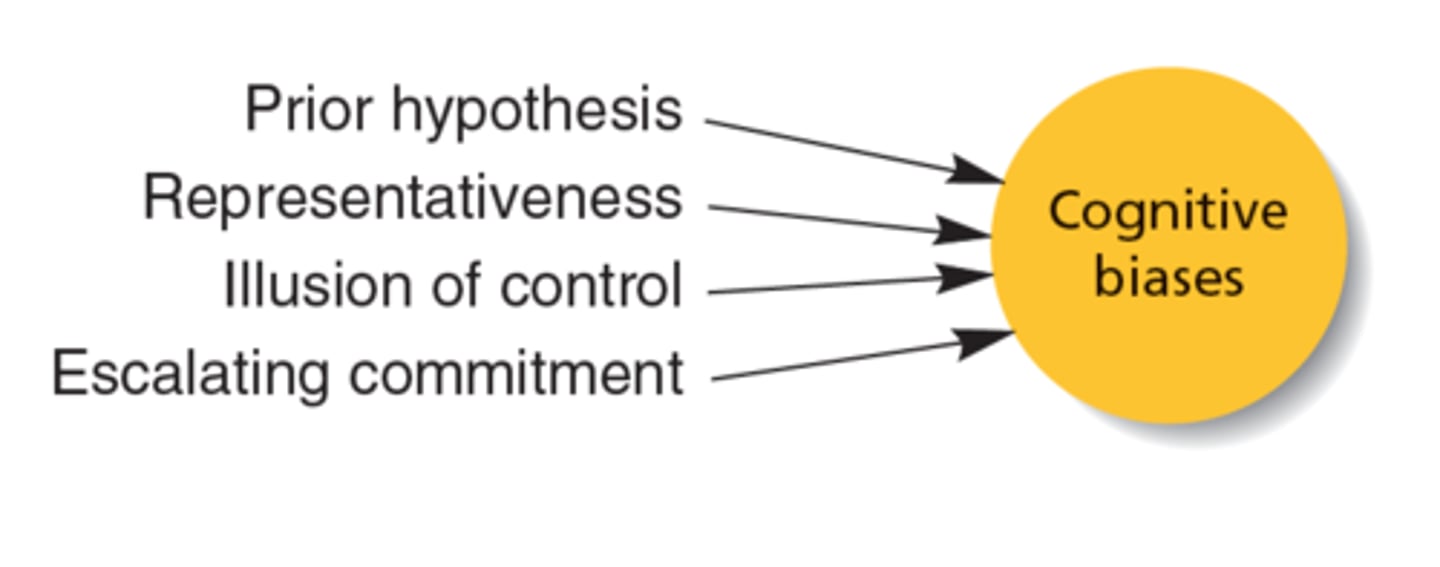
Mindfulness Homework
Assigned mindfulness exercises for practice
Mindfulness Scores
Assessment of mindfulness levels before and after practice
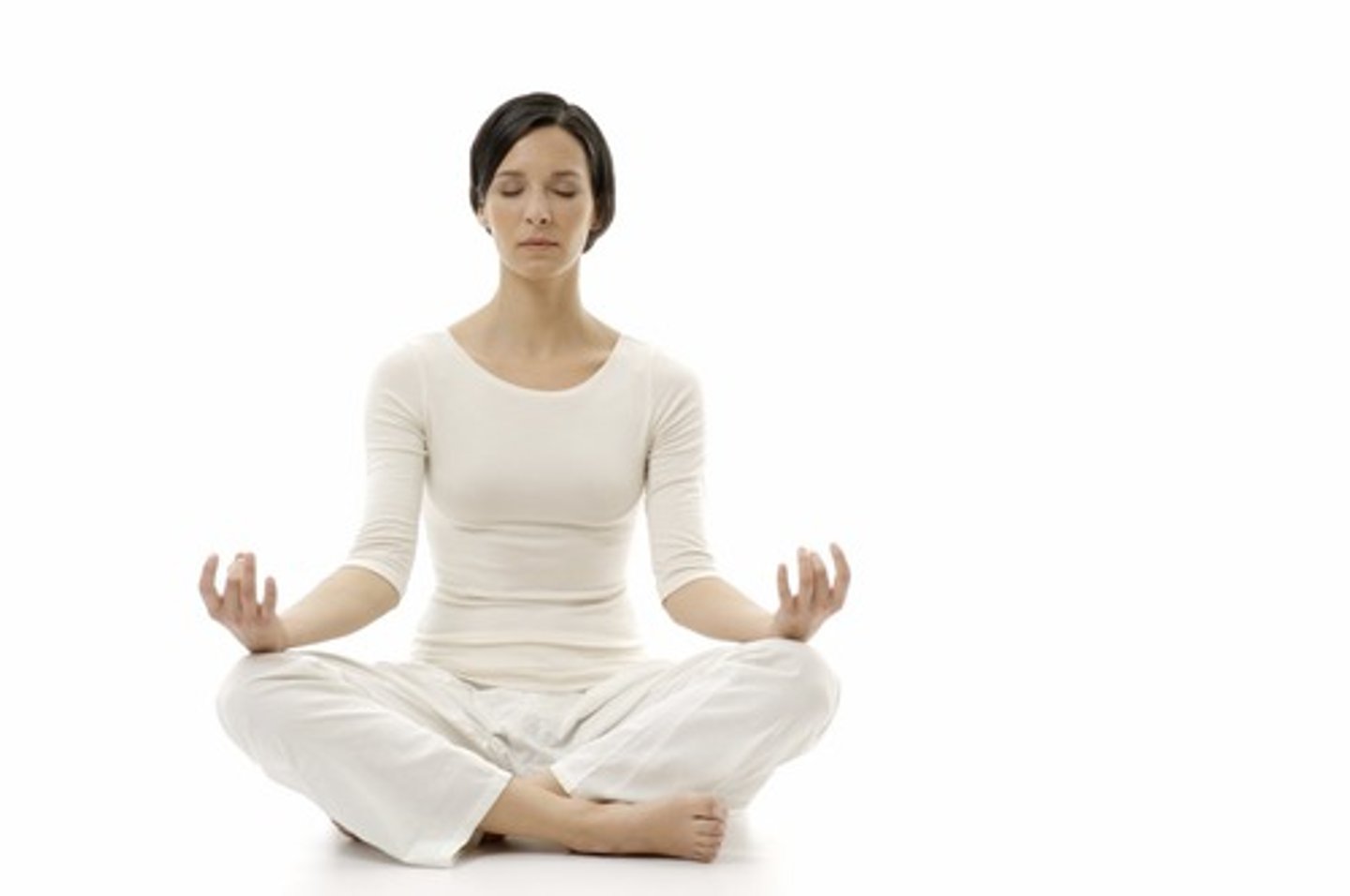
From the study by Dement and Kleitman (sleep and dreams): Describe one result about dream recall in REM sleep and one result about the estimations of dream-duration time in REM sleep. You must use data for one of these results. (5 marks)
There were many more instances of dream recall in REM (1 mark) compared to the instance of no recall in nREM (1 mark). There were 152 instances of dream recall in REM across all participants and 39 instances of no recall (1 mark: Data). There were 11 instances of dream recall in NREM and 149 instances of no recall (Alternative 1 mark: Data).
DN was more accurate with his estimations of 5 minutes of REM compared to estimations of 15 minutes of REM (2 marks; comparison). He was 80% correct for 5 minutes (1 mark). He was 50% correct for 15 minutes (Alternative 1 mark: Data).
Participants were more accurate at estimating 5 minutes (1 mark) compared to 15 minutes (1 mark). On 88% of trials (45/51) the participants estimated 5 minutes correctly (1 mark). On 78% of trials (47/60) the participants estimated 15 minutes correctly (Alternative 1 mark: Data).
From the study Dement and Kleitman (sleep and dreams): Outline one conclusion about eye movement during REM sleep. (2 marks)
Eye movements during REM tend to fit with what the dreamer is looking at suggesting that eye movements are not random at all (2 marks)
Eye movements during REM tend to fit with what the dreamer is looking at. (1 mark)
From the study Dement and Kleitman (sleep and dreams): Describe one strength of this study. (2 marks)
There was a standardized procedure which increased reliability (1 mark). For example. The participant was always in a quiet dark room which makes replication easier to test for reliability (2 marks)
There are other creditworthy answers including objectivity, scientific, controls, etc.
In the study by Dement and Kleitman (sleep and dreams), the procedure that the researchers first used to measure participants' estimations of REM sleep duration was unsuccessful and had to be revised. Describe how the researchers first attempted to measure participants' estimations of REM sleep duration. (2 marks)
Participants were woken at different increments of time in REM sleep. They were then asked to estimate the time they had been dreaming to the nearest minute so they were not given a fixed choice.
In the study by Dement and Kleitman (sleep and dreams), the procedure that the researchers first used to measure participants' estimations of REM sleep duration was unsuccessful and had to be revised. Describe the revised procedure used to measure participant's estimations of REM sleep duration. (2 marks)
could, they were asked to recall the dream. When they had finished the experimenter sometimes entered the room to question them more.
Evaluate the study by Dement and Kleitman (sleep and dreams) in terms of two strengths and two weaknesses. At least one of your evaluation points must be about laboratory-based studies. (10 marks)
The laboratory study is weak because it lacks ecological validity. The participants were asked to
report to a laboratory to sleep as opposed to the comfort of their own beds. Sleeping in a lab while connected to electrodes would be unusual and this may interfere with their normal sleeping behavior. Additionally, participants were asked to abstain from alcohol and caffeine and those people who are accustomed to drinking alcohol and/or caffeine my experience atypical dreams. Another weakness is generalizability. While both genders were included in the experiment, the sample size was too small thus limiting generalizability. One strength of the study was that it was a lab experiment with many controls which will increase reliability. For example, the doorbell (standardization) made people instantly wake up so that dreams would not be forgotten by slow-woken people. Additionally, everyone went to bed in the same conditions (a dark and quiet room). Another strength was that both qualitative and quantitative data were collected. The quantitative data included brain waves, eye movement patters, and REM sleep duration were collected though an objective EEG and EOG. Qualitative data such as dream content was collected however that was subjective and could affect the validity since the narrative length is no only dependent on the REM phase length but also on the participant's expressiveness.
From the study by Dement and Kleitman (sleep and dreams): Outline one aim of this study. (2 marks)
To investigate if dream recall differs between REM and nREM stages of sleep. (2marks)
To investigate dream recall and stages of sleep. (1 mark)
To investigate if there was a positive correlation between estimates of dream duration and length of REM sleep. (2 marks)
To investigate estimates of dream duration. (1 mark)
To investigate if eye movement patterns were related to dream content. (2 marks)
To investigate eye movement and dreams. (1 mark)
From the study by Dement and Kleitman (sleep and dreams): Suggest one real-world application of this study. (2 marks)
This could be useful to help diagnose a potential sleep disorder in a patient. (1 mark) They could undergo an EEG whilst sleeping to see if REM and nREM sleep is happening correctly. (1 mark)
Explain one or more real-world applications of the study by Dement and Kleitman (sleep and dreams). Do not refer to more than three applications in your answer. (5 marks)
The study findings could be used for treat sleep disorders or checking for sleep disorders. This could be useful to help diagnose a potential sleep disorder such as insomnia or other sleep disorders in a patient. Patients could undergo an EEG whilst sleeping to see if REM and nREM sleep is happening correctly
Evaluate the study by Dement and Kleitman (sleep and dreams) in terms of two strengths and two weaknesses. At least one of your evaluations must be about generalizations. (10 marks)
A weakness is generalizability. While both genders were included in the experiment, the sample size was too small thus limiting generalizability. It was advantageous to collect quantitative data such as dream contented but since this data is subjective, it can affect the validity of the study. One ethical weakness was the deception of participant WD being woken up in the wrong stage which could cause the participant distress as it would make recalling dreams harder. The experiment controlled for extraneous and confounding variables by making sure that demand characteristics were avoided. This was a strength as participants were not told whether they were in REM or not.
Describe the psychology that is being investigated in the study by Dement and Kleitman (sleep and dreams). (5 marks)
Sleep patters
Dreaming
REM vs nREM
EEGs
EOGs
Rapid eye movement is a phase of sleep were a person is paralyzed. Their eyes flicker and they can breathe but all other muscles are paralyzed. nREM are other sleep stages of sleep and they differ in brain activity compared to REM sleep. For example, REM is most similar to nREM Stage 1; in Stage 2 the EEG can show brief periods of sleep spindles; and during deep sleep the EEG records delta waves.
From the study by Dement and Kleitman (sleep and dreams): Name the stage of sleep when participants recalled most of their dreams. (1 mark)
REM
Paradoxical
Stage 5
From the study by Dement and Kleitman (sleep and dreams):
One participant reported a dream standing at the bottom of a cliff operating a hoist and looking at climbers on the cliff. (2 marks).
One participant reported a dream standing at the bottom of a cliff. (1 mark)
One participant reported climbing up a ladder and looking up and down as he climbed. (2 marks)
One participant reported climbing up a ladder. (1 mark)
One participant reported playing basketball and looking up at the hoop as they shot and then looked down to pick up the ball. (2 marks)
One participant reported playing basketball. (1 mark)
From the study by Dement and Kleitman (sleep and dreams): Outline one conclusion from this study. (2 marks)
People can judge the duration of their time in REM with accuracy. (2 marks)
Dreams are not instant events but are reported or experienced in real time. (2 marks)
Eye movements during sleep do correspond with the content of a dream. (2 marks)
Dreaming happens more in REM. (1 mark)
Eye movements match dreams. (1 mark)
Participants recall more dreams in REM compared to nREM (0 marks; result)
From the study by Dement and Kleitman (sleep and dreams): From the dream-duration estimate part of the study, state how Dement and Kleitman chose whether to wake up a participant after 5 minutes or after 15 minutes of REM sleep. (1 mark)
At random
Randomly
Equal chance of being either
From the study by Dement and Kleitman (sleep and dreams): a. Describe the dream-duration estimates for the participant DN whose responses did not follow the same patters as others. (2 marks)
DN was equally likely to get the 15 minute estimation right or wrong. He got estimation of 15 minutes correct 50% of the time or five times. He got estimation of 5 minutes correct 80% of the time or eight times. He often underestimated how long they were dreaming.
From the study by Dement and Kleitman (sleep and dreams): Outline one strength of this study. (2 marks)
They were controls on some participant or situational variables to aid cause and effect conclusion. For example, participants were not allowed to drink alcohol or consume caffeine prior to the study. There was a standardized procedure to the study to aid and replicability and assist in reliability. For example, participants were not allowed to drink alcohol or consume caffeine prior to the study. It was conducted in a laboratory so it had good controls that would increase internal validity.
From the study by Dement and Kleitman (sleep and dreams): Identify three features of the sample used in this study. (3 marks)
N = 9
Adults
Predominantly male (7 males and 2 females)
5 were studies intensely
4 were used to confirm results of the main participants
From the study by Dement and Kleitman (sleep and dreams): Suggest one real-world application based on the results of this study. (2 marks)
The EEG readings could be used to help people with sleep disorders (1 mark: what). Readings could be analyzed to see how much time people are in REM or nREM. (1 mark: how)
Could help with the study of sleep disorders and insomnia. (1 mark: what)
From the study by Hassett et al. (Monkey Toy Preference): Describe the independent variable(s)? (1 mark)
Sex of the monkey (male or female)
From the study by Hassett et al. (Monkey Toy Preference): Describe the dependent variable(s)? (1 mark)
Activities with the toys.
From the study by Hassett et al. (Monkey Toy Preference): Explain what controls that were used. (3 marks)
Using rhesus monkeys because of their intelligence removes potential confounding variables of using humans (i.e. age and social rank). The process was standardized by using trial times of 25 minutes, where the toys were placed and the toy chosen. The toy locations changed for each trial to counterbalance.
From the study by Hassett et al. (Monkey Toy Preference): Outline one aim of this study. (1 mark)
To investigate sex differences in toy preferences of rhesus monkeys. (1 mark)
To see if socialization processes, or biological mechanisms affect sex stereotypical toy choice in rhesus monkeys. (1 mark)
To see if there are sex differences in toy choice of rhesus monkeys compared to human children. (1 mark)
From the study by Hassett et al. (Monkey Toy Preference): Suggest how nature and nurture interact with each other in the study of toy preference. (3 marks)
The results show strong evidence that nature is the driving factor behind the toy choice in the monkeys as they have not been socialized, yet closely match the results from the human subjects.
We can still argue that the results are due to nurture, because the female monkeys did not favor the feminine toys over the masculine toys. It is possible that there are social norms within the monkey's social groups that further exaggerate these results. (3 marks)
Describe the psychology that is being investigated in the study Hassett et al. (Monkey Toy Preference): (2 marks)
Sex differences between males and females is being investigated. There are differences in male and female brains. Additionally, male testosterone and female estrogen (and other hormones) may have an impact on human behavior. The researchers wanted to know if gender differences in behavior caused by biological (nature) rather than social (nurture) differences. (3 marks)
In the study by Hassett et al. (Monkey Toy Preference): Name three masculine toys used in the study. (3 marks)
A wagon, a truck, a car, a construction vehicle, a shopping cart, and a dump truck.
In the study by Hassett et al. (Monkey Toy Preference): Name three feminine toys used in the study (3 marks)
Winnie-the-Pooh, Raggedy-Ann, a koala bear hand puppet, an armadillo, a teddy bear, Scooby-Doo, and a turtle.
In the study by Hassett et al. (Monkey Toy Preference): Describe the procedure used in the study. (5 marks)
Hassett et al. presented pairs of wheeled and plush toys to a troop of captive rhesus monkeys in their enclosure and observers noted details of monkeys' interactions with the toys, such as sex and time spent with toy. For each social group, seven, trial, each lasting 25 minutes, were observed using two video cameras. Each trial began with all the monkeys in the group indoors while one plush toy and one wheeled toy were placed 10 meters apart in the outdoor enclosure. One video recorder was directed toward each toy. The plush toy and wheeled toy were counterbalance between each trial. After each trial, the video tape was analyzed by two observers working together to achieve consensus.
In the study by Hassett et al. (Monkey Toy Preference): Outline one ethical strength of this study. (5 marks)
The study by Hassett et al. on monkey toy preferences is likely to have been ethically sound in terms of minimizing harm and maximizing benefit. The study involved observing the toy preferences of monkeys in a controlled environment, which is unlikely to have caused any harm or distress to the animals. Additionally, the study may have provided valuable insights into the behavior and preferences of these animals, which could potentially have some benefits for their welfare.
The study states that 82 monkeys were used for the research, it is generally considered good practice to use the smallest number of animals possible in research studies, in order to minimize any potential harm or distress. However, in this study that was not a concern as the monkeys were not subject to any harm or distress.
As far as evaluating for pain, suffering, or distress. The monkeys were treated humanely and were not subjected to any unnecessary pain or distress.
In terms of housing, the usual social housing was used, which included an indoor space that was temperature controlled.
Finally, in terms of reward, deprivation, and aversive stimuli, the monkeys in the study were not subjected to any form of positive or negative reinforcement in order to influence their behavior.
Overall, the study by Hassett et al. in terms of ethics appears to have been conducted in a manner that is ethically sound.
In the study by Hassett et al. (Monkey Toy Preference): Outline one potential ethical weakness of this study. (2 marks)
In terms of replacement, it was not possible to use any other animal in this study, as they needed a species close to humans. However, they did not need to use children for the comparison as they
already had data from another study. If non-animal alternatives were not used, then this could be
seen as a potential weakness in the study from an ethical standpoint.
From the study by Hassett et al. (Monkey Toy Preference): Explain whether the sample of participants used was generalizable to humans. (2 marks)
This study has poor generalizability, as the sampling technique was opportunity. This means that it may not be generalizable to other captive or wild rhesus monkeys. There is a similar problem when studying humans in this way, we call this ethnocentrism.
From the study by Hassett et al. (Monkey Toy Preference): Identify two features of the sample used in this study. (2 marks)
82 rhesus monkeys
21 male
61 female
Only 11 male and 23 female rhesus monkeys qualified for data analysis.
From the study by Hassett et al. (Monkey Toy Preference): Describe the results of the study as it applies to males only. (5 marks)
Males significantly preferred wheeled toys compared to the plush toys. Males showed significantly lower frequency of play with the plush toys compared to the females. Males' duration of interaction was significantly longer with wheeled toys compared to the plush toys.
Males had a significantly higher frequency 'magnitude of preference' score compared to the females. Males had a significantly higher duration 'magnitude of preference' score compared to the females. Males significantly preferred wheeled toys, while the females did not significantly prefer the wheeled or plush toys.
From the study by Hassett et al. (Monkey Toy Preference): Discuss how the results of this study can be applied to a real-world scenario. (2 marks)
Parents to choose vehicles with expressive faces if they wish to develop empathy skills in boys through imaginative play, as boys are more likely to be drawn to moving parts.
Toy manufactures may make more toys with wheels to appeal to boys.
It could help to rehabilitate rhesus monkeys rescued form the wild. This could help with social bonding through play.
Evaluate the Hassett et al. (Monkey Toy Preference) in terms of two strengths and two weaknesses. One of the strengths or weaknesses must discuss generalizability. (10 marks)
S1: The reliability of the study is very good as they used a standardized procedure including where the toys were placed and the toy chosen. This means that another researcher could easily replicate this study and test for reliability. There were high levels of control. The monkeys were pre-ranked and the selection of toys representing masculine and feminine, so Hassett could be more confident that it was the sex of the monkey affecting the choice of toy.
S2: Validity is also good due to the two observers who working independently and then comparing their observations. This strengthened inter-rater reliability. The coding system used ensured that objective quantitative data was collected. The behaviors in the coding system were clearly operationalized.
W1: Generalizability is poor as they used opportunity sampling which means that the sample won't be very representative of the natural population. One could not apply the findings to human children or to monkeys living in the wild. The study lacks ecological validity.
W2: The task was not like anything the monkeys would have experienced in real life, so the experiment lacked mundane realism.
Mathew wants to investigate the color preference in primary school aged children to see if there are any sex differences. Design a study that Mathew could carry out to investigate his aims.
To investigate the color preference in primary school aged children, Mathew could carry out a study that involves asking children to choose their favorite color from a selection of options. He could gather a diverse group of children, including an equal number of boys and girls, from a local primary school.
The study could take place in the school's cafeteria or another suitable location. Mathew could set up a table with a variety of color swatches or samples, and ask each child to choose their favorite color. He could record each child's response, along with their gender, in a data sheet.
Once he has collected data from a sufficient number of children, Mathew could analyze the data to see if there are any significant differences in color preference between boys and girls. This could involve calculating the percentage of boys and girls who chose each color, and comparing the results to determine if there are any significant differences.
Overall, this study would provide valuable insights into the color preferences of primary school aged children, and could help determine if there are any differences based on gender. It would be important for Mathew to ensure that the study is conducted in a fair and unbiased manner, and to carefully analyze the data to ensure accurate results.
Carlos wants to use a questionnaire to find out if there is a sex difference between people's hobbies. Give examples of the types of questions Carlos could use and state why these questions would be useful.
Carlos could use a variety of questions in his questionnaire to investigate whether there is a sex difference in people's hobbies. For example, he could ask participants to select the hobbies they enjoy from a list of options, such as sports, music, reading, etc. He could also ask participants to rate their level of interest or enjoyment in each hobby on a scale from 1 to 5. Additionally, he could ask participants to provide their gender, age, and other demographic information, which could be useful for analyzing the results. These types of questions would be useful because they would provide a clear and straightforward way for participants to indicate their hobbies and interests, and would allow Carlos to collect a large amount of data from a diverse group of people.
What is mindfulness? Give an example. (2 marks)
A mental state achieved by focusing one's awareness on the present moment, while calmly acknowledging and accepting one's feelings, thoughts, and bodily sensations, used as a therapeutic technique. An example would be meditation, maybe focusing on your breathing.
How does an MRI create images of the brain? (3 marks)
An MRI uses strong magnetic fields and radio waves to produce detailed images of the inside of the body. When you lie inside an MRI machine, the magnetic field temporarily realigns water molecules in your body. Radio waves cause these aligned atoms to produce faint signals, which are used to create cross-sectional MRI images.
What is the posterior cingulate cortex, the left temporo-parietal junction, the lateral cerebellum and the cerebellum vermis/brainstem? (5 marks)
The posterior cingulate cortex is consistently engaged by a range of tasks that examine episodic memory, including autobiographical memory and imagining the future, and also spatial navigation and scene processing.
The left temporo-parietal junction takes cues from external environments—particularly spoken and written language—and connects them to existing knowledge, memories, and emotions.
The lateral cerebellum is involved in planning movements and motor learning.
The cerebellum vermis/brainstem is involved in cardiovascular regulation during movement and posture changes.
What does the hippocampus do and where is it located? (3 marks)
The hippocampus is a complex brain structure embedded deep in the temporal lobe. It has a major role in learning and memory. It is a plastic and vulnerable structure that gets damaged by a variety of stimuli. Studies have shown that it also gets affected in a variety of neurological and psychiatric disorders.
What is an MBSR program? (3 marks)
MBSR, or Mindfulness-Based Stress Reduction, is an eight-week mindfulness training program that was created by Jon Kabat-Zinn in 1979 at the University of Massachusetts Medical Center. He initially created it for chronically ill patients who were not responding well to traditional treatments, but it is now used for a wide variety of reasons by hundreds of thousands of people worldwide. MBSR is supported by a wide body of research showing that it is effective at addressing chronic pain, anxiety, depression, and general stress reduction. MBSR demonstrably and repeatedly helped patients in those eight weeks and in some cases had proven effects up to four years later.
From the study by Holzel et al. (Mindfulness and Brian Scans): Describe the independent variable(s)? (1 mark)
The independent variable was exposure to an 8-week Mindfulness Based Stress Reduction (MBSR) course. The independent variable was manipulated on two levels. On Level 1 they practiced mindfulness meditation and on Level 2 there was no practice of meditation.